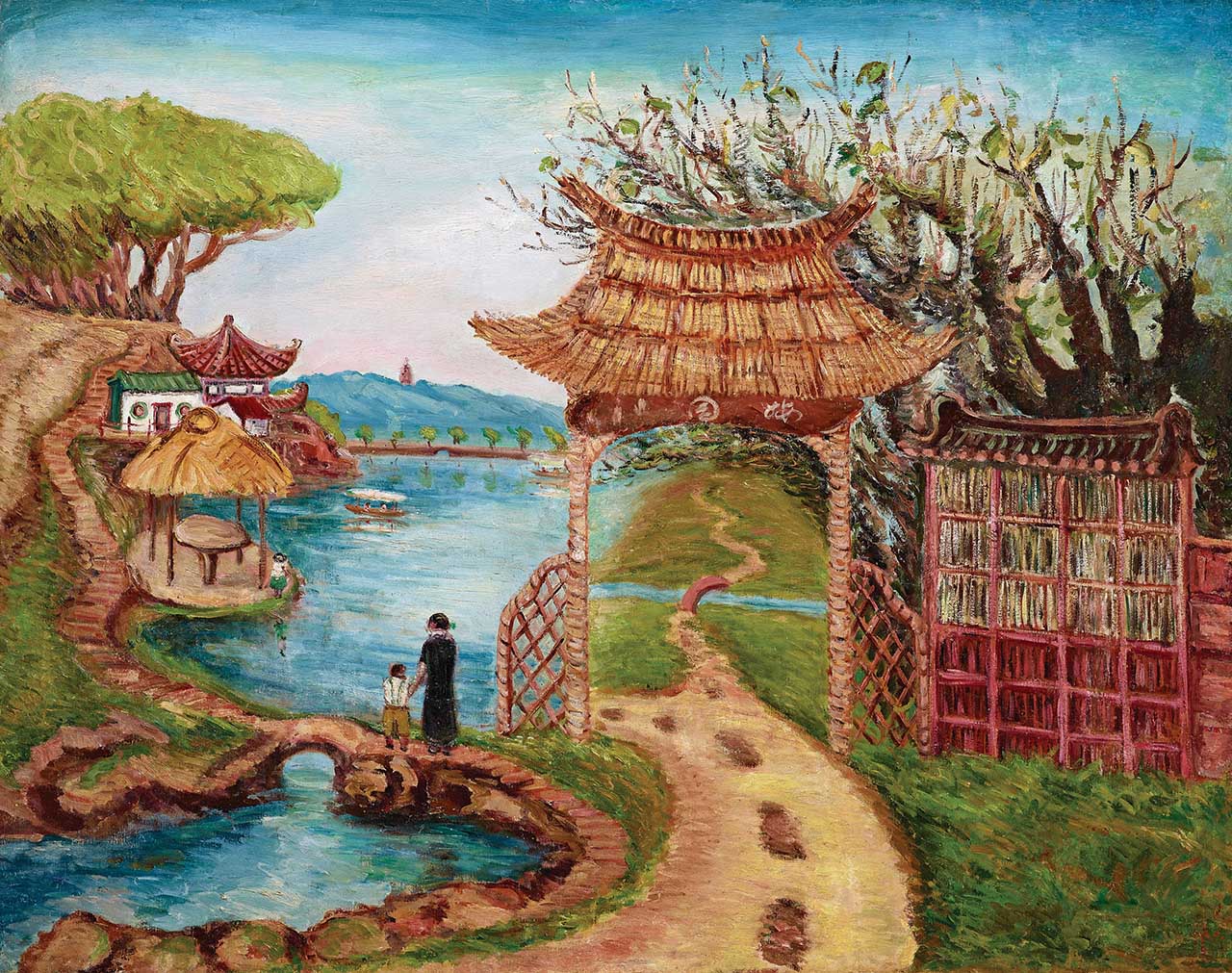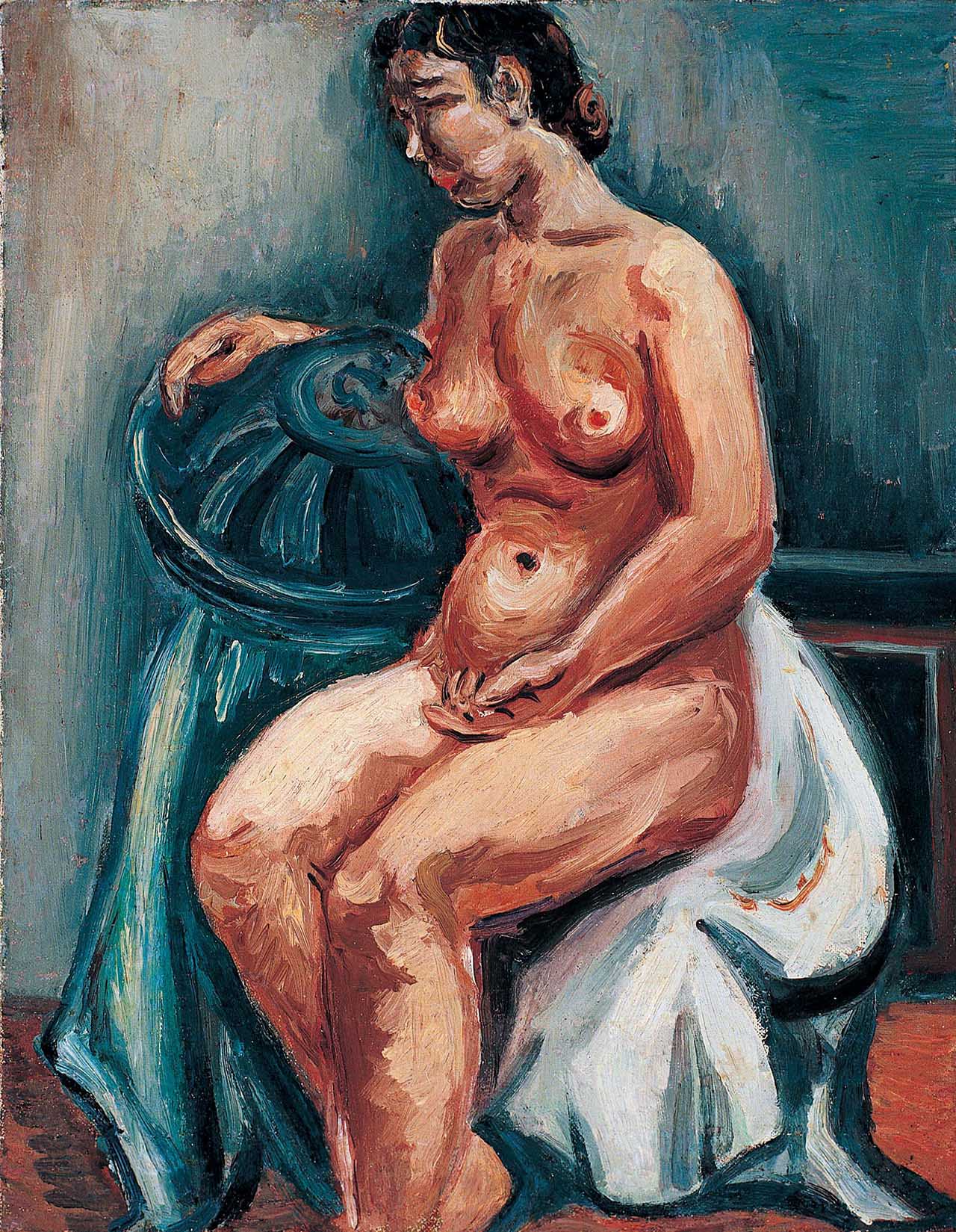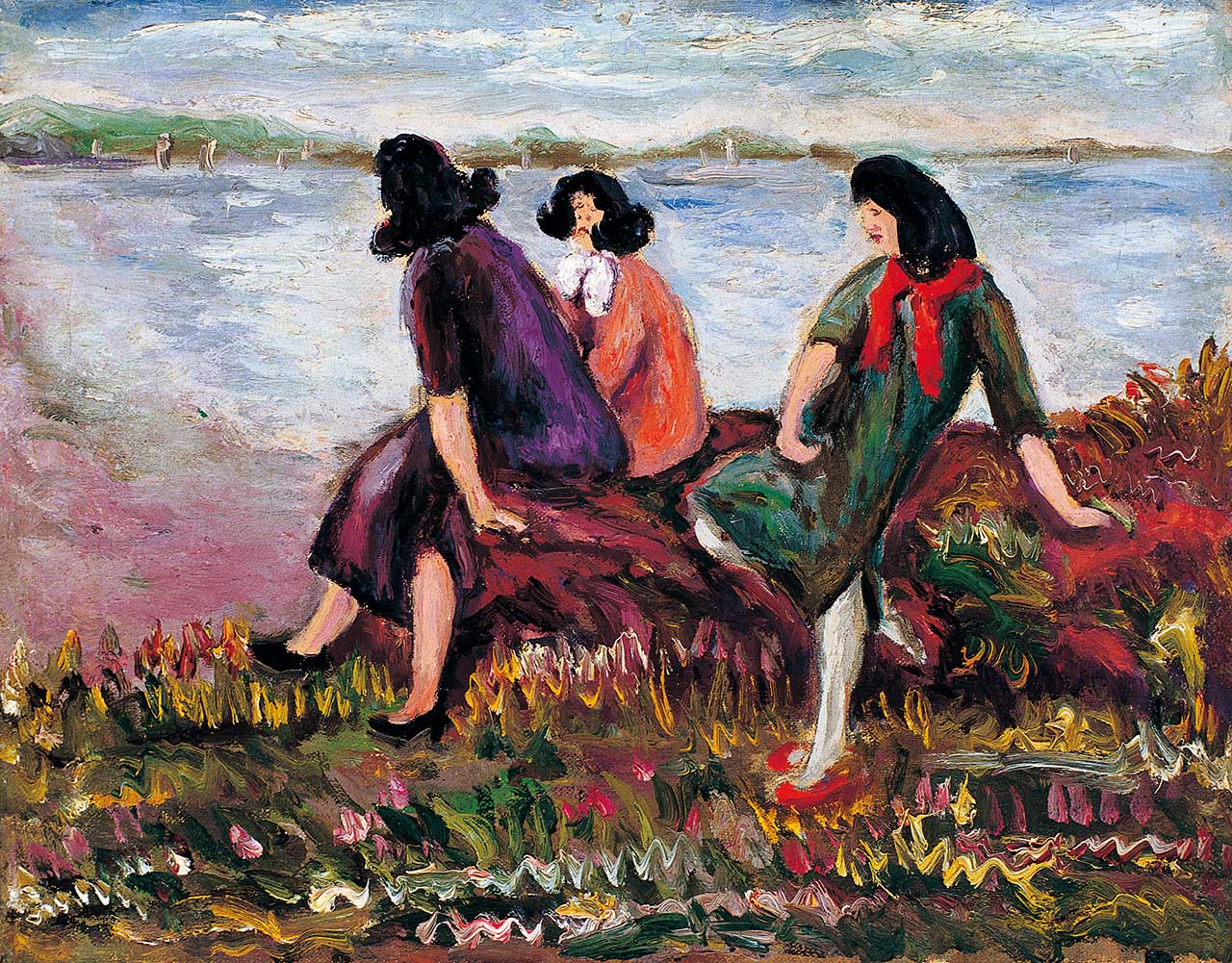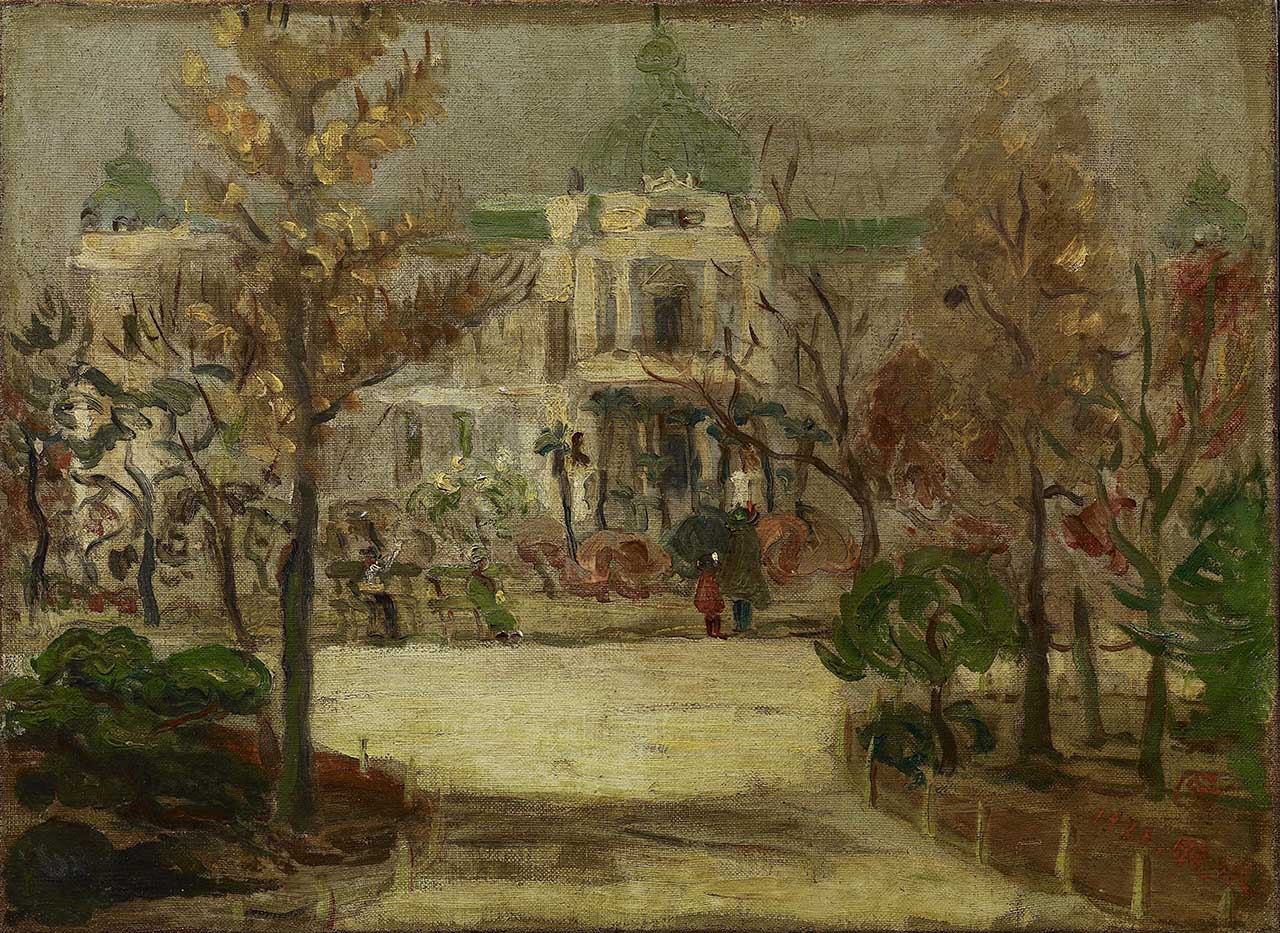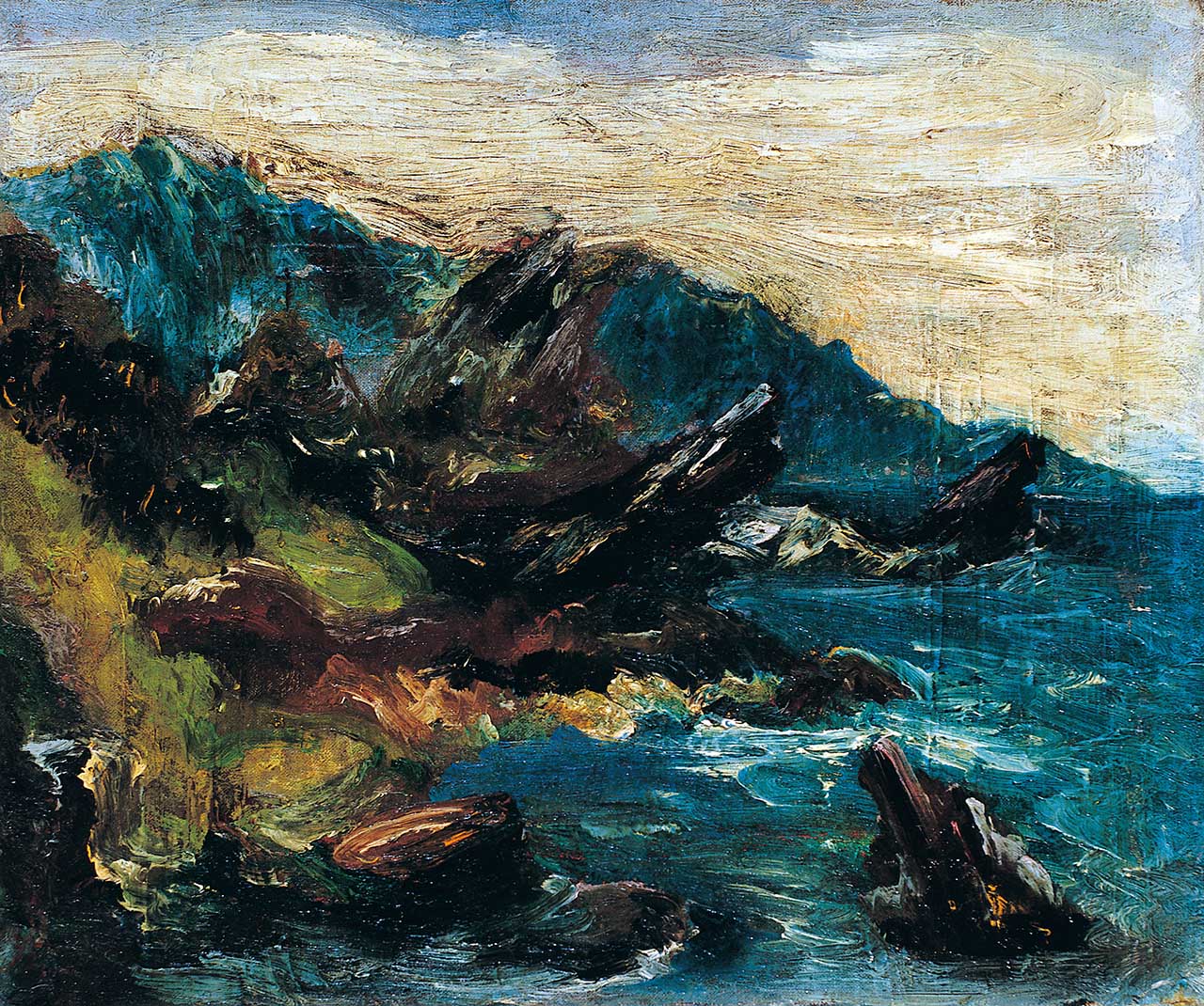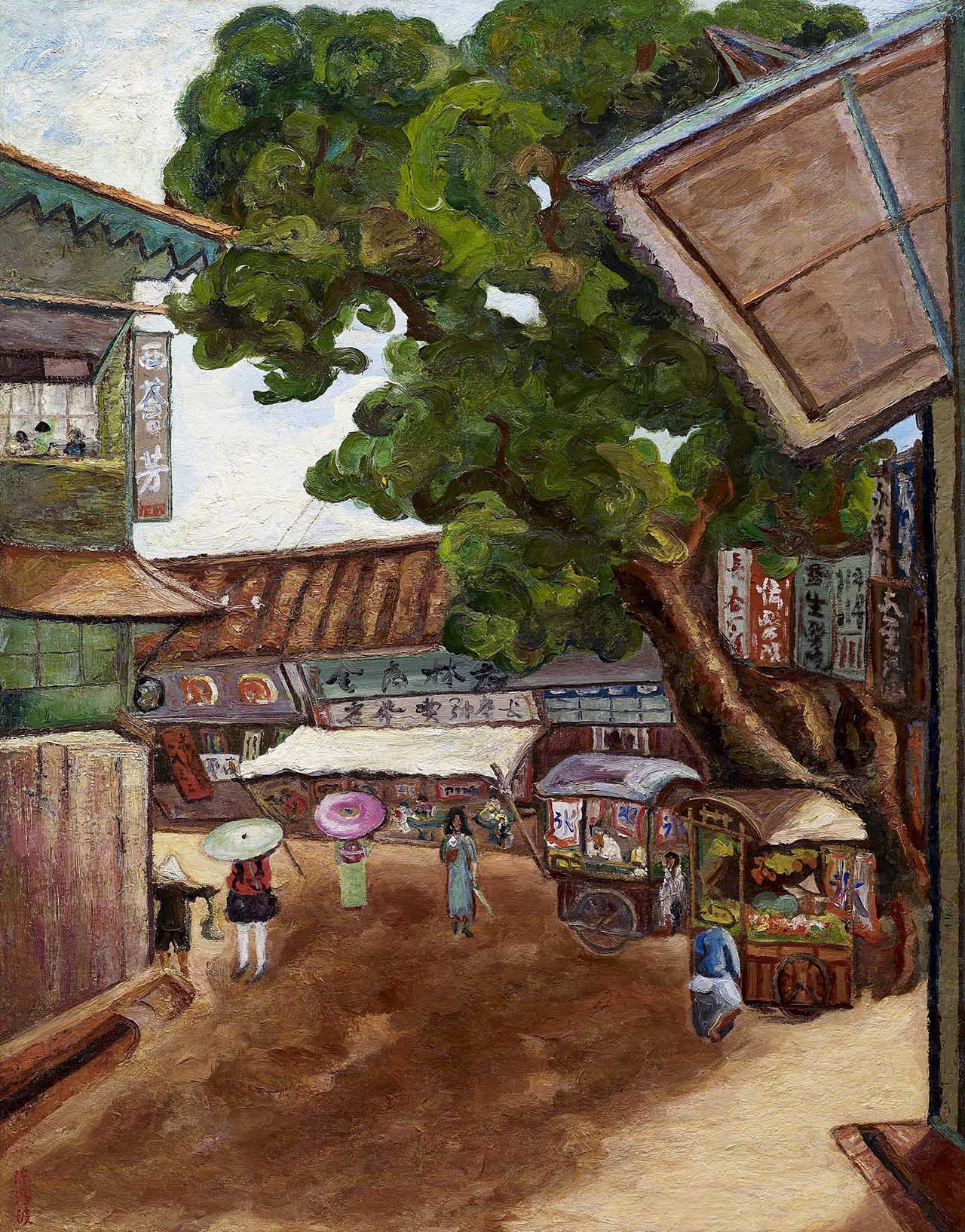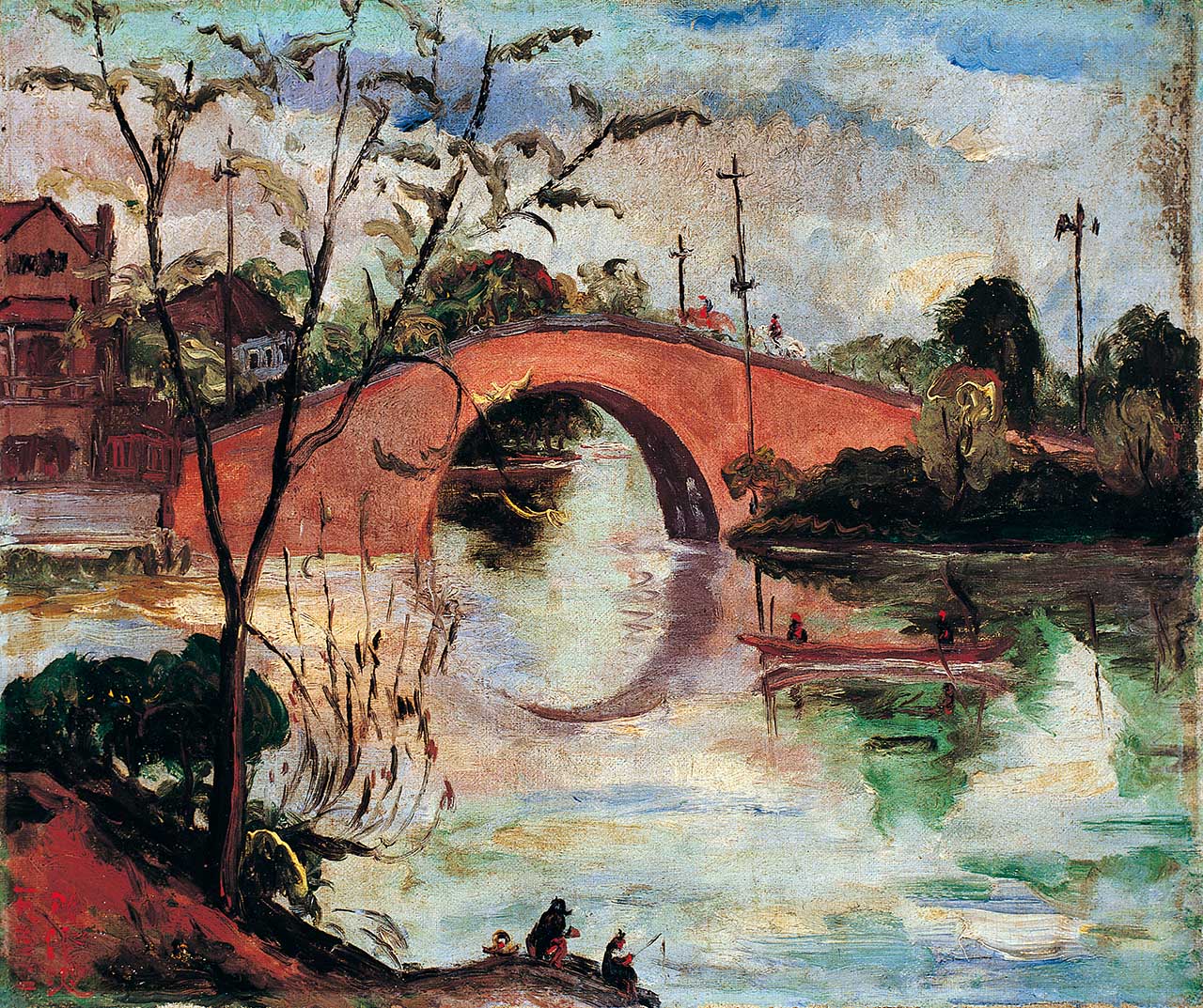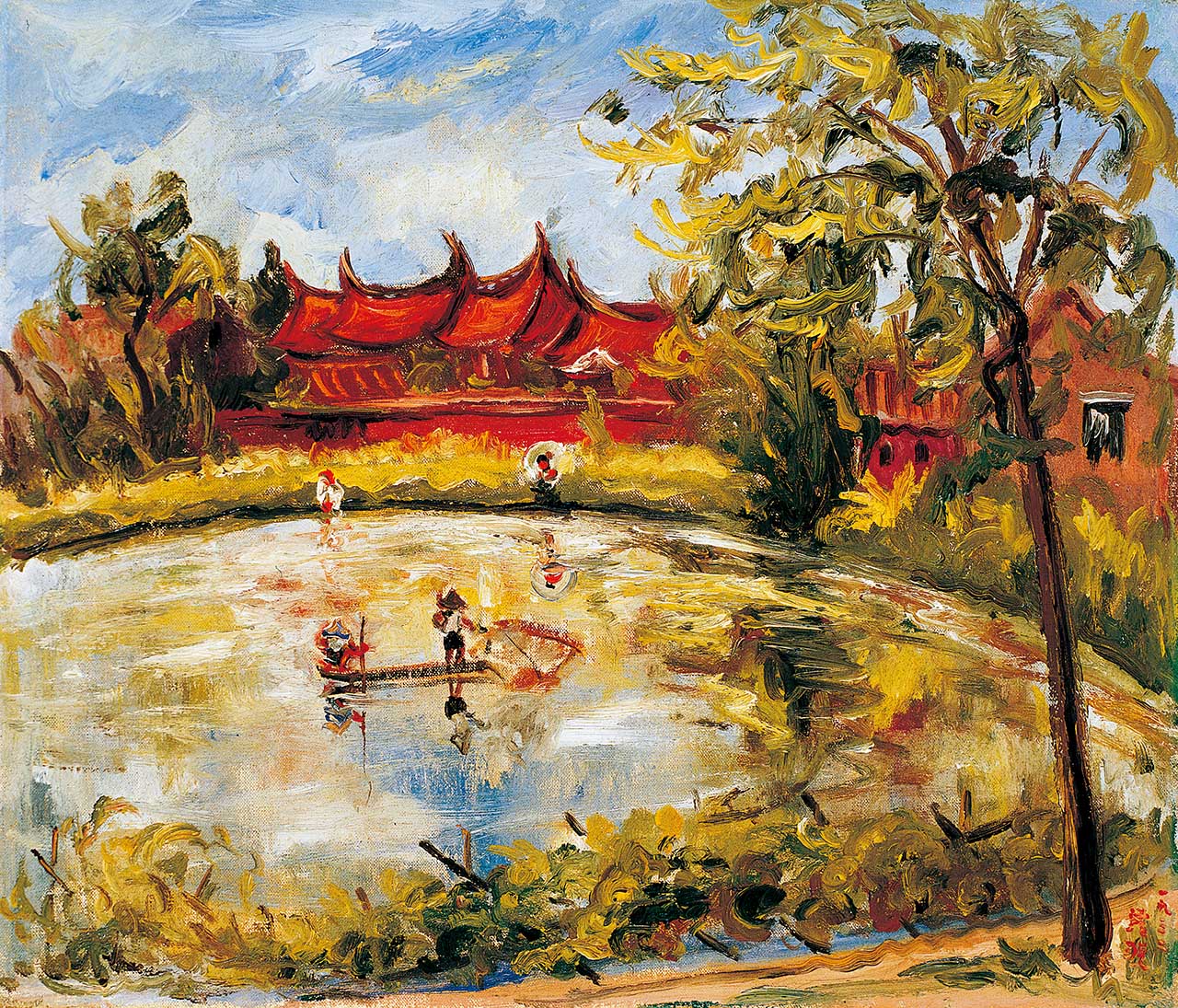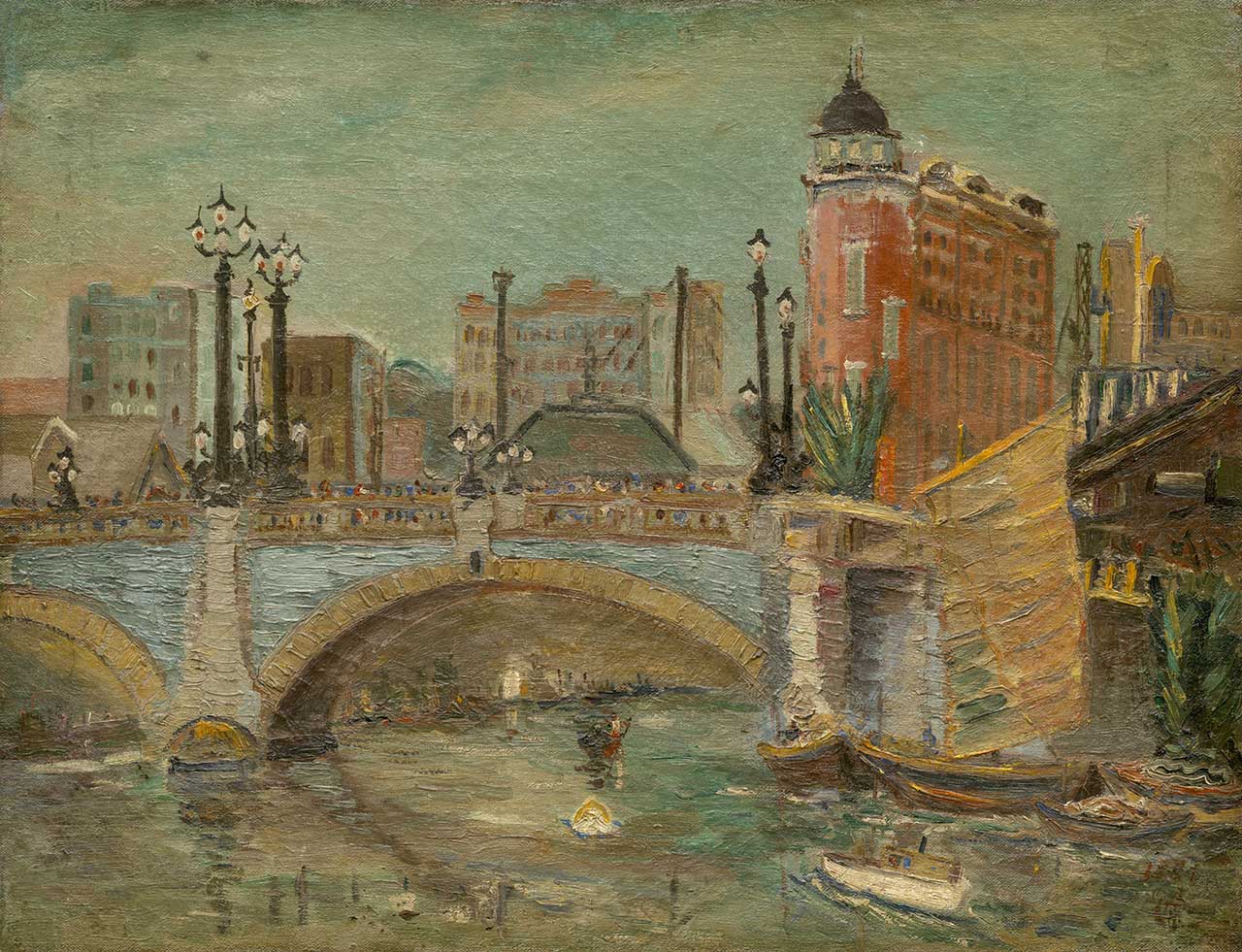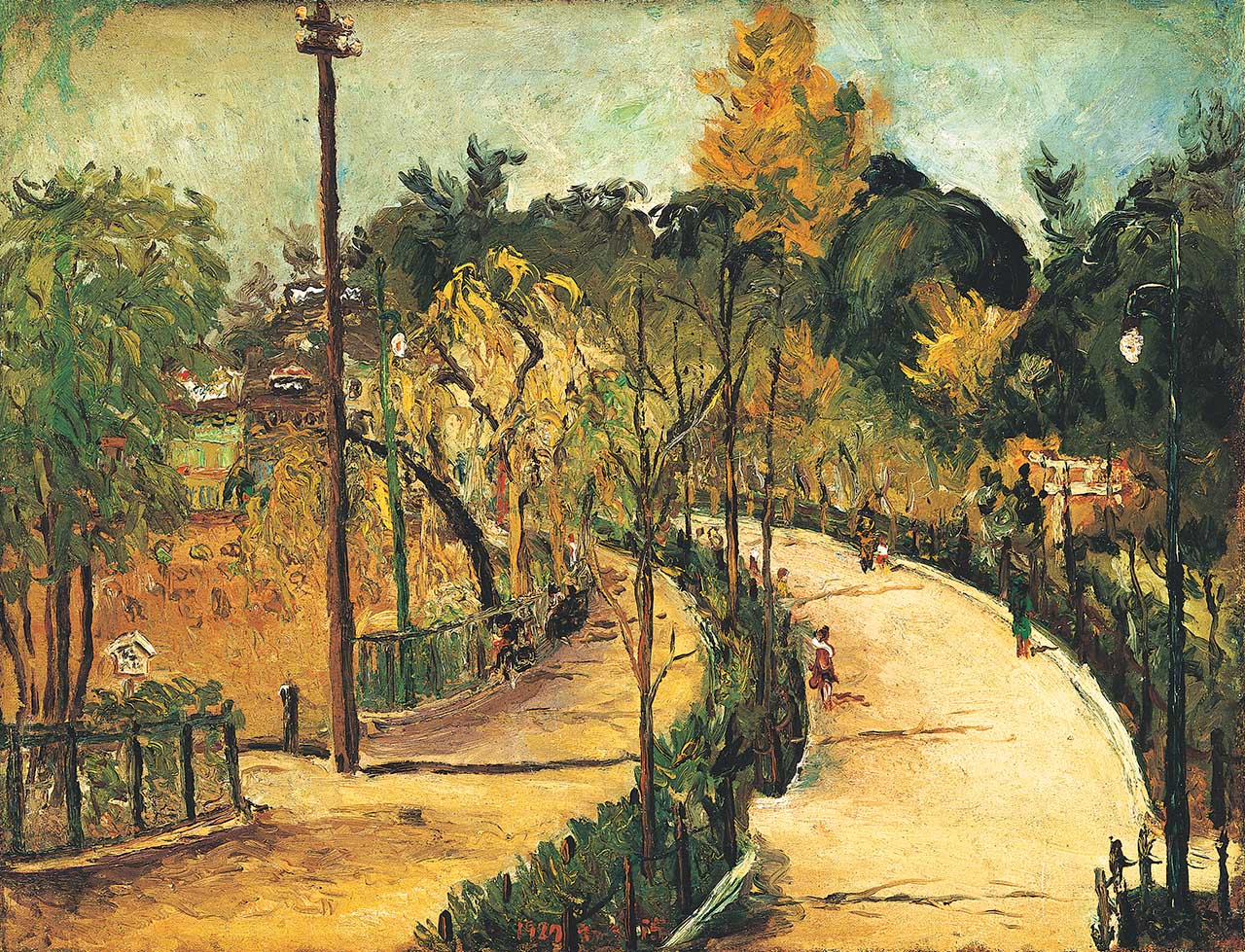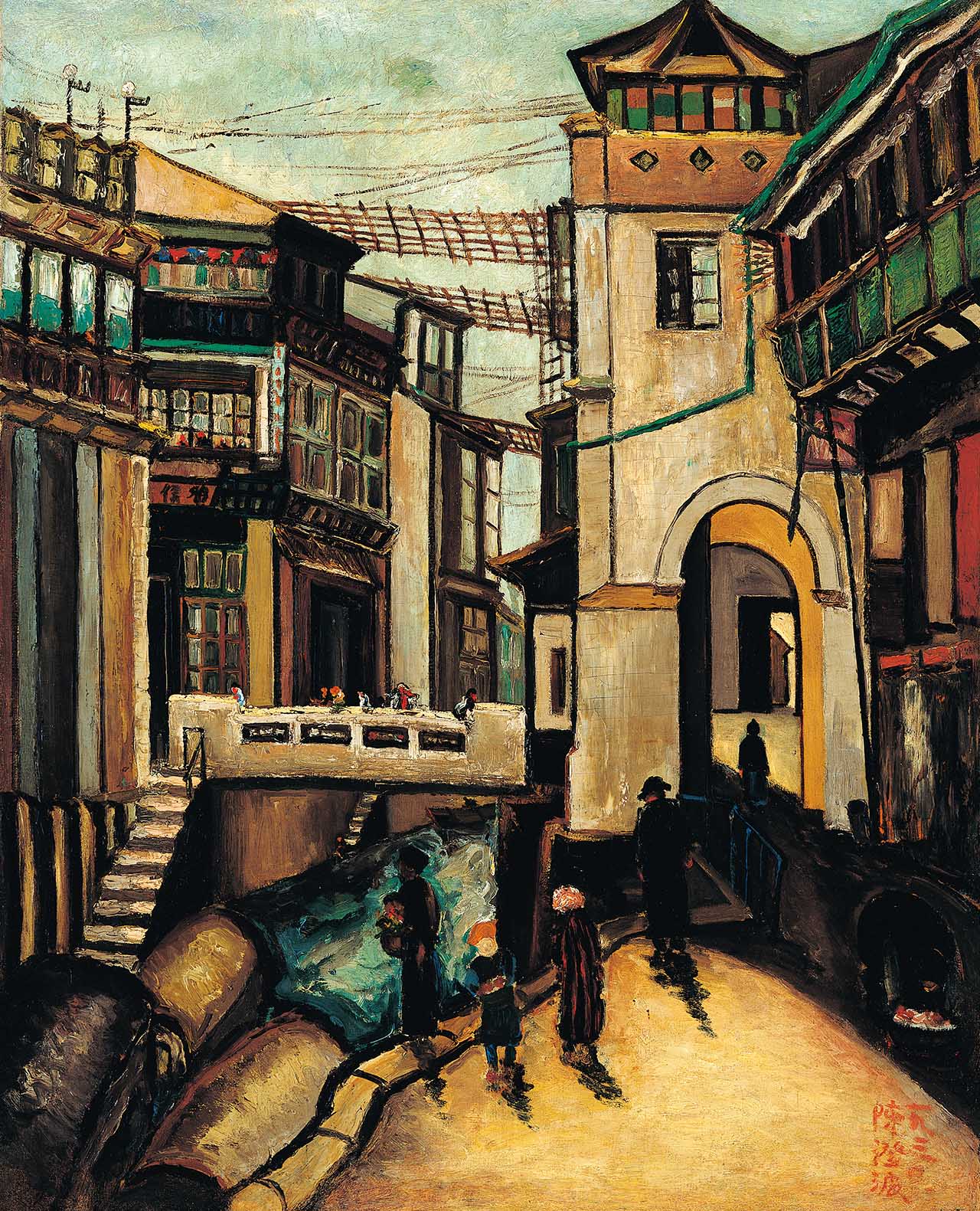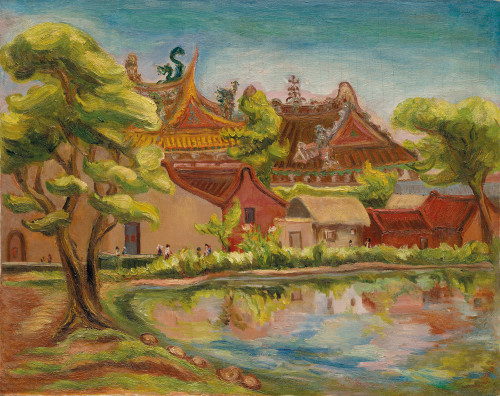11.03.2023
2023 ART BASEL HK | LIANG GALLERY 3E17
http://www.lianggallery.com/en/wp-content/uploads/2023-尊彩|Art-Basel_0224_O_今藝術廣告稿.jpg
[vc_row][vc_column width="1/1"][vc_single_image image="17684" border_color="grey" img_link_large="" img_link_target="_self" img_size="full"][vc_column_text]Liang Gallery is pleased to feature 10 representative artists’ works at Art Basel Hong Kong with the theme “Blossom of Cross-Generations- From Binary Modern Chinese to Multidimensional Taiwanese Contemporary Art” from March 21 to 25, 2023 (Private View VIPs will have access to the show on March 21 to 22) at Hong Kong Convention and Exhibition Centre.
In the early twentieth century, against the backdrop of war and colonialism, Western ideology influenced East Asia including China and Taiwan, culturally and educationally. The first wave was the clash and fusion of Eastern and Western systems in art. Those who reflected this wave of dramatic generational change, such as CHEN Cheng-Po, CHU Teh-Chun and SHIY De-Jinn, continued to innovate and incorporate Eastern thinking into the paintings of Western theories.
06.10.2015
“1934 South.Impression”, China International Gallery Exposition, Beijing, China
25.03.2015
“Chen Cheng-Po Solo Exhibition”, Art Basel Hong Kong, Hong Kong, China
07.12.2014
“Hidden Talent – Chen Cheng-po’s 120th Birthday Anniversary Touring Exhibition”, National Palace Museum, Taipei, Taiwan
07.10.2014
“The Modern Art in Taiwan – Works by Foreign Students in Their Youth. Chen Cheng-po’s 120th Birthday Anniversary Touring Exhibition”, The University Art Museum, Tokyo University of the Arts, Tokyo, Japan
07.08.2014
“Misty Vapor on the High Seas – Chen Cheng-po’s 120th Birthday Anniversary Touring Exhibition”, China Art Museum, Shanghai, China
07.05.2014
“The Bright Sunshine of the South – Chen Cheng-po’s 120th Birthday Anniversary Touring Exhibition”, National Art Museum of China, Beijing, China
07.03.2014
“Surging Waves – Chen Cheng-po’s 120th Birthday Anniversary Touring Exhibition”, Tainan, Taiwan
07.01.2014
“Journey Through Jiangnan – A Pivotal Moment in Chen Cheng-po’s Artistic Quest”, Taipei Fine Arts Museum, Taipei, Taiwan
07.08.2013
“Timeless Elegance”, Liang Gallery, Taipei, Taiwan
07.03.2013
“Stories of the Big Era”, Liang Gallery, Taipei, Taiwan
07.03.2012
“The Origin of Taiwan Art – Chen Cheng-po”, Liang Gallery, Taipei, Taiwan
07.11.2011
“Under the Searing Sun – A Solo Exhibition by Chen Cheng-po”, Soka Gakkai, Taipei, Taiwan
07.05.2011
“Nostalgia in the Vast Universe: Commemorative Exhibition of Chen Cheng-po”, Kaohsiung Museum of Fine Arts, Kaohsiung, Taiwan
07.01.2011
“Happy Travel in Taiwan”, Liang Gallery, Taipei, Taiwan
07.03.2010
“Dazzling Through a History: Chen Cheng-po and Liao Chi-chun Exhibition”, Liang Gallery, Taipei, Taiwan
07.07.2005
“Art Treasures Collection – Retrospective Exhibition of Chen Cheng-Po”, Liang Gallery, Taipei, Taiwan
07.03.2004
“Glamorous Shanghai – Chen Cheng-po”, Liang Gallery, Taipei, Taiwan
07.01.2000
“Important Moments in the History of Taiwanese Art”, Liang Gallery, Taipei, Taiwan
07.03.1998
“Treasure Map Painting Album”, Liang Gallery, Taipei, Taiwan
07.03.1998
“Memorial Exhibition for Chen Cheng-po and Chen Bih-Neu”, Liang Gallery, Taipei, Taiwan
07.12.1994
“Chen Cheng-po Centennial Memorial Exhibition”, Chiayi Cultural Center, Chiayi, Taiwan
07.03.1994
“Chen Cheng-po Centennial Memorial Exhibition”, Taipei Fine Arts Museum, Taipei, Taiwan
07.02.1990
“Commemorative Exhibition of the Oil Paintings of Chen Cheng-po”, Taipei Fine Arts Museum, Taipei, Taiwan
07.04.1988
“Commemorative Exhibition of the Oil Paintings of Chen Cheng-po”, East Gallery, Taipei, Taiwan
07.07.1981
“Posthumous Exhibition of Chen Cheng-po’s Sketches”, Mingsheng Gallery, Taipei, Taiwan
07.03.1979
Solo exhibition, Spring Gallery, Taipei, Taiwan
07.09.1977
“The 40th Tai-Yang Fine Arts Exhibition”, Taipei, Taiwan
07.10.1946
“The 1st Taiwan Provincial Art Exhibition”, Taipei, Taiwan
07.05.1946
Appointed as a juror at “The 1st Taiwan Provincial Fine Arts Exhibition”, Taipei, Taiwan
07.02.1946
Voted into office as Representative of the 1st Chiayi Legislative Assembly, Chiayi, Taiwan
07.03.1944
“The 10th Tai-Yang Art Exhibition”, Taipei, Taiwan
07.08.1943
“The 6th Taiwan Governmental Fine Arts Exhibition”, Selected, Taiwan
07.02.1943
“The 9th Tai-Yang Art Exhibition”, Taipei, Taiwan
07.08.1942
“The 5th Taiwan Governmental Fine Arts Exhibition”, Selected, Taiwan臺灣
07.01.1942
“The 8th Tai-Yang Art Exhibition”, Taipei, Taiwan
07.07.1941
“The 4th Taiwan Governmental Fine Arts Exhibition”, Selected, Taiwan
07.03.1941
“The 7th Tai-Yang Art Exhibition”, Taipei, Taiwan
07.12.1940
“The 3rd Taiwan Governmental Fine Arts Exhibition”, Selected, Taiwan
07.06.1940
“The 6th Tai-Yang Art Exhibition”, Taipei, Taiwan
07.03.1940
Named Honorable Member of the “Qing-Chen Art Association”, Chiayi, Taiwan
07.09.1939
“The 2nd Taiwan Governmental Fine Arts Exhibition”, Taiwan
07.03.1939
“The 5th Tai-Yang Art Exhibition”, Taipei, Taiwan
07.08.1938
”The 1st Taiwan Governmental Fine Arts Exhibition”, Selected, Taiwan
07.03.1938
“The 4th Tai-Yang Art Exhibition”, Taipei, Taiwan
07.07.1937
“The 10th Taiwan Art Exhibition”, Selected, Taiwan
07.03.1937
“The 3rd Tai-Yang Art Exhibition”, Taipei, Taiwan
07.03.1936
“The 2nd Tai-Yang Art Exhibition”, Taipei, Taiwan
07.06.1935
“The 9th Taiwan Art Exhibition”, Selected, Taiwan
07.03.1935
“The 1st Tai-Yang Art Exhibition”, Taipei, Taiwan
07.11.1934
Attended the founding ceremony of the “Tai-Yang Art Society”, Taipei, Taiwan
07.07.1934
“The 8th Taiwan Art Exhibition”, Selected, Taiwan
07.03.1934
“The 15th Imperial Art Exhibition of Japan”, Selected, Japan
07.09.1933
“The 7th Taiwan Art Exhibition, Selected, Taiwan
07.03.1933
Represented the Republic of China at the “Chicago World’s Fair”, Chicago, USA
07.09.1932
“The 6th Taiwan Art Exhibition”, Selected, Taiwan
07.03.1932
Attended the first regulation drafting meeting of Juelan Society, Shanghai, China
07.10.1931
“The 5th Taiwan Art Exhibition”, Selected, Taiwan
07.03.1931
“The 3rd Red Island Painting Society Exhibition”, Taipei, Taiwan
07.11.1930
“The 4th Taiwan Art Exhibition”, Selected, Taiwan
07.09.1930
Named Professor Emeritus for Yiyuan Painting Research Institute, Shanghai, China
07.07.1930
Appointed as Special Reviewer for Japanese Art and Craft, Tokyo, Japan
07.05.1930
Solo exhibition, Taichung Public Hall, Taichung, Taiwan
07.03.1930
“The 2nd Red Island Painting Society Exhibition”, Taipei, Taiwan
07.11.1929
“The 3rd Taiwan Art Exhibition”, Selected, Taiwan
07.10.1929
“The 10th Imperial Art Exhibition of Japan”, Selected, Japan
07.09.1929
Appointed as Professor in Western Painting at Xinhua College of Fine Arts, Shanghai, China
07.08.1929
“The 1st Red Island Painting Society Exhibition”, Taipei, Taiwan
07.04.1929
Participated in founding of the “Red Island Painting Society”, Taipei, Taiwan
07.01.1929
Completed graduate studies at the Tokyo School of Fine Arts (now Tokyo University of the Arts), Tokyo, Japan
07.07.1928
“The 3rd Seven Star Painting Society Exhibition”, Taiwan Governor’s Museum (now National Taiwan Museum), Taipei, Taiwan
07.02.1928
“The 2nd Taiwan Art Exhibition”, Selected, Taiwan
07.01.1928
Solo exhibition, Xuying College, Xiamen, China
07.09.1927
Solo exhibition, Taiwan Governor’s Museum (now National Taiwan Museum), Taipei, Taiwan
07.08.1927
“The 2nd Seven Star Painting Society Exhibition, Taiwan Governor’s Museum (now National Taiwan Museum), Taipei, Taiwan)
07.07.1927
“The 1st Taiwan Art Exhibition”, Selected, Taiwan
07.06.1927
“The 8th Imperial Art Exhibition of Japan”, Selected, Japan
07.05.1927
“The 1st Red Sun Painting Society Exhibition”, Tainan Public Hall, Tainan, Taiwan
07.04.1927
Graduated from the Tokyo School of Fine Arts (now Tokyo University of the Arts), Tokyo, Japan
07.03.1927
Founded the “Red Sun Painting Society” with Liao Chi-chun and other artists, Taipei, Taiwan
07.07.1926
“The 1st Seven Star Painting Society Exhibition”, Taiwan Governor’s Museum (now National Taiwan Museum), Taipei, Taiwan
07.04.1926
“The 7th Imperial Art Exhibition of Japan”, Selected, Japan
07.03.1926
Founded the “Seven Star Painting Society” with Chen Chih-chi, Taipei, Taiwan
07.03.1917
Graduated from the Faculty of Normal Education, Taiwan Governor-General’s National Language School (now National Taipei University of Education), Taipei, Taiwan
07.01.1913
Graduated from Chiayi Public Elementary School (now Chung-Wen Elementary School), Chiayi, Taiwan
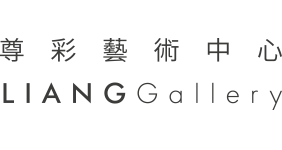
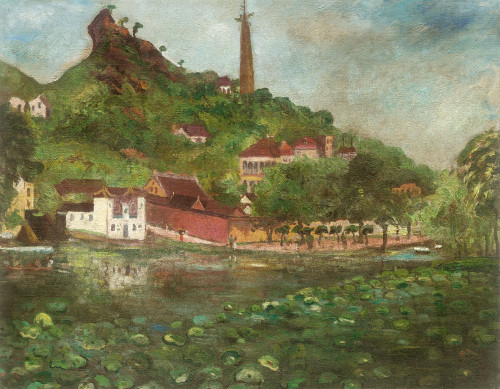
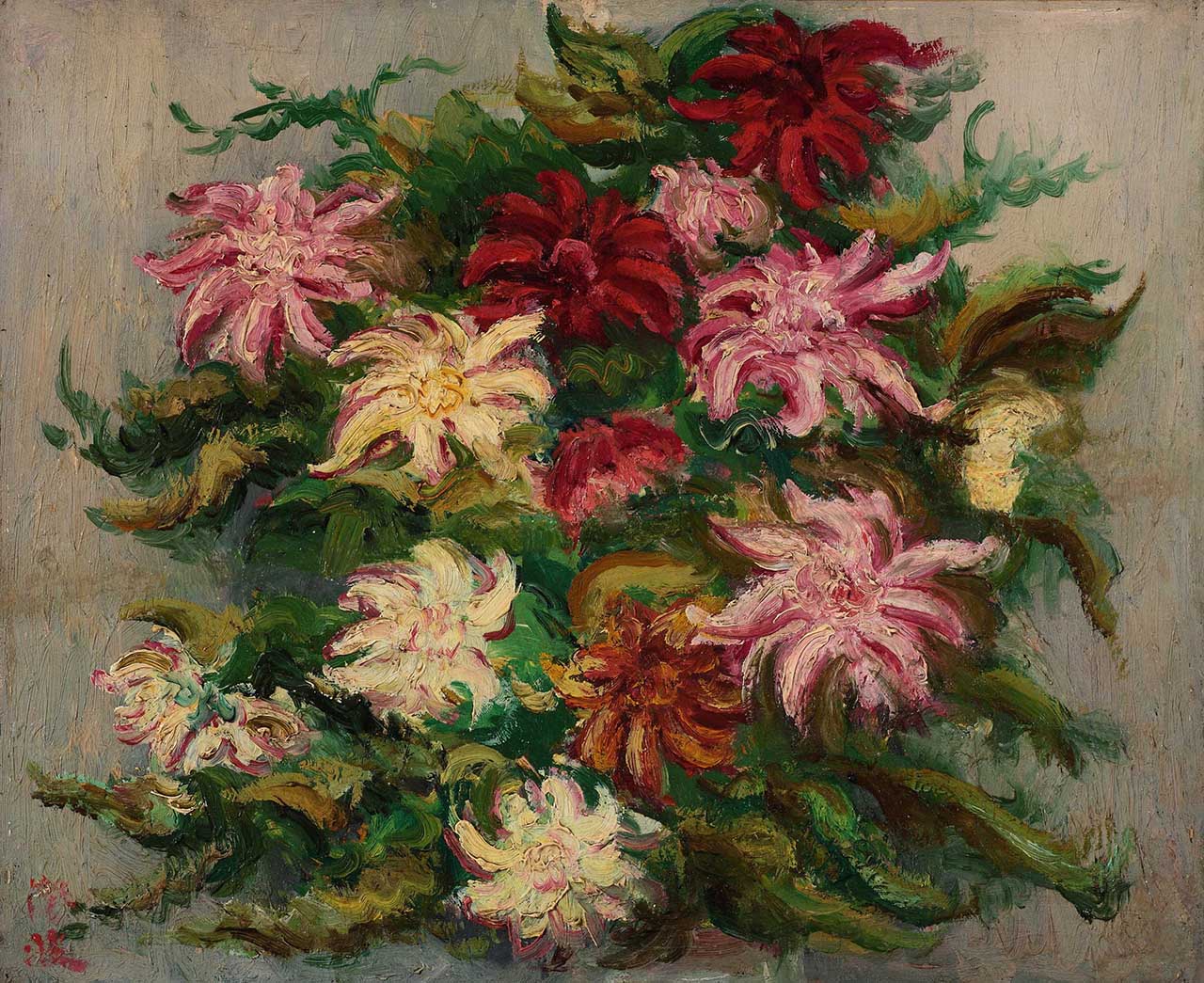
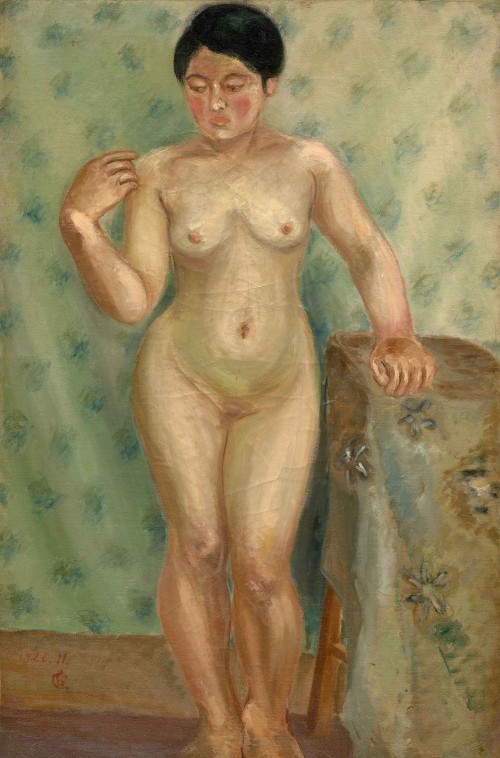
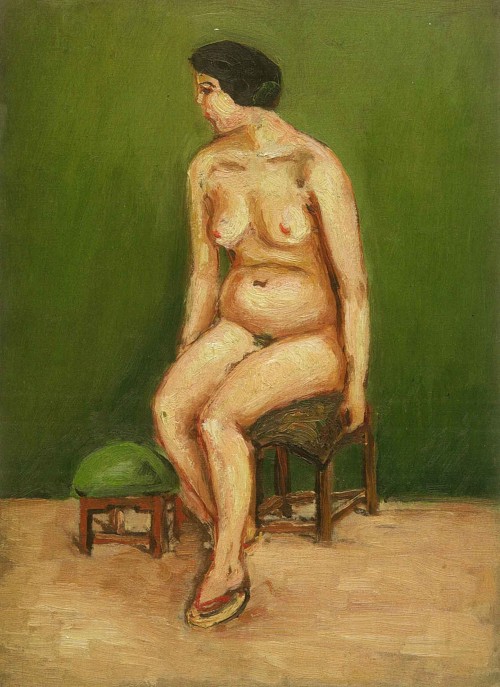
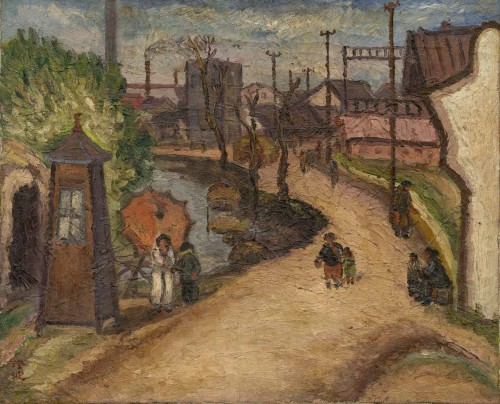
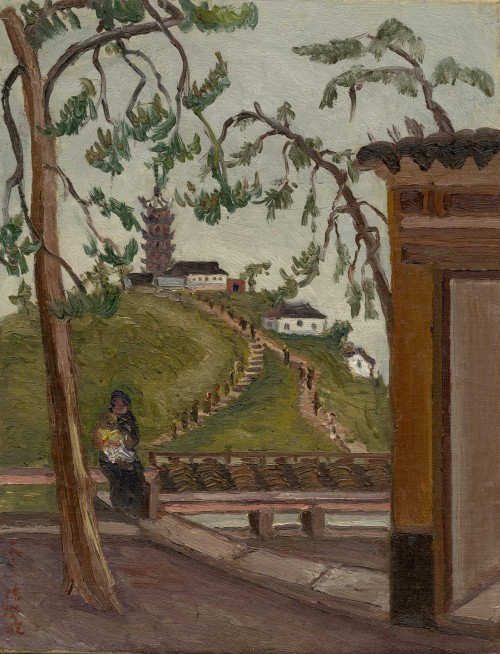
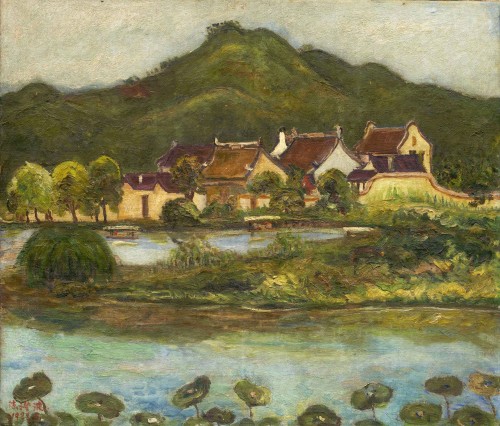
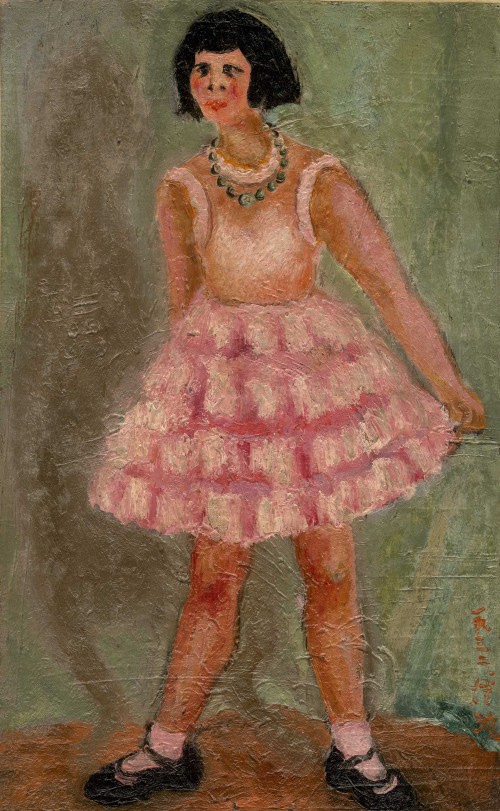
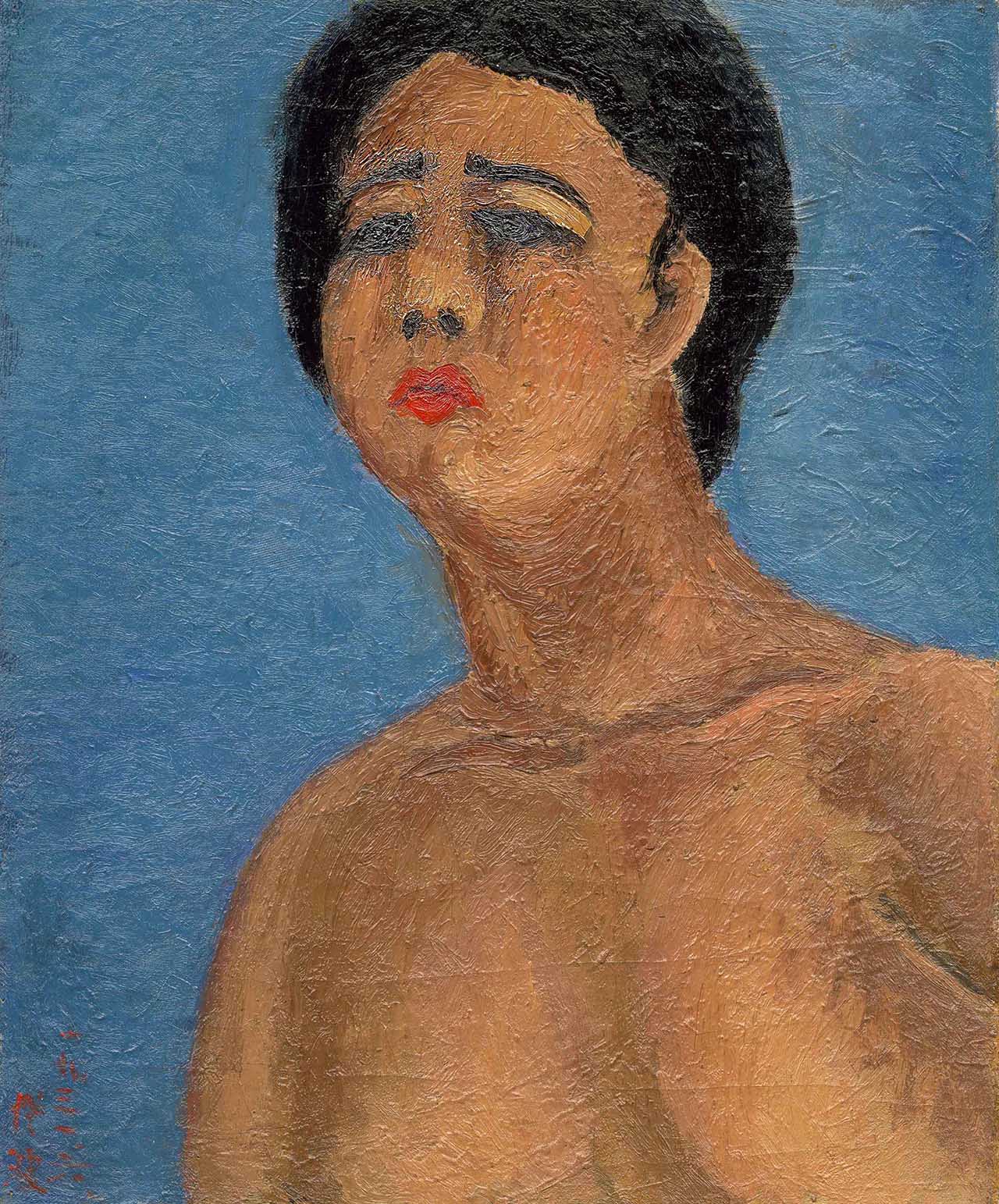
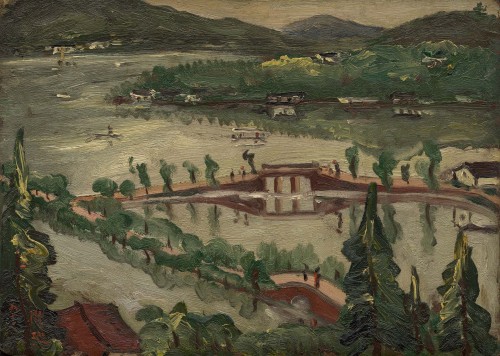
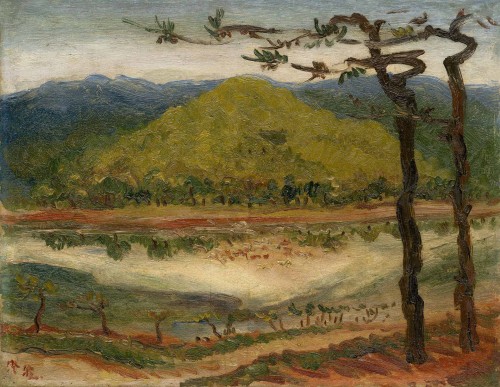
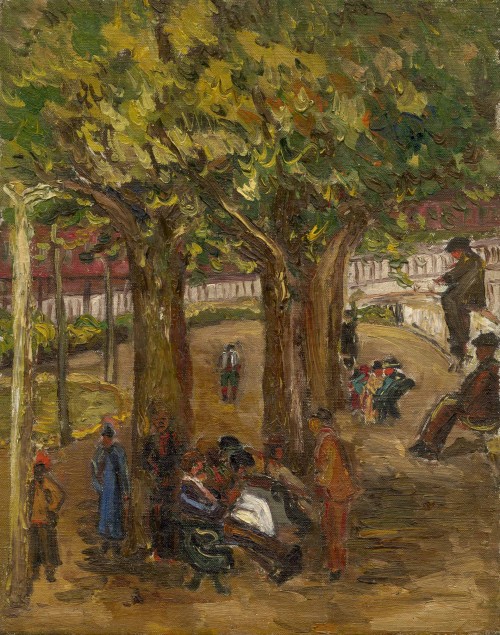
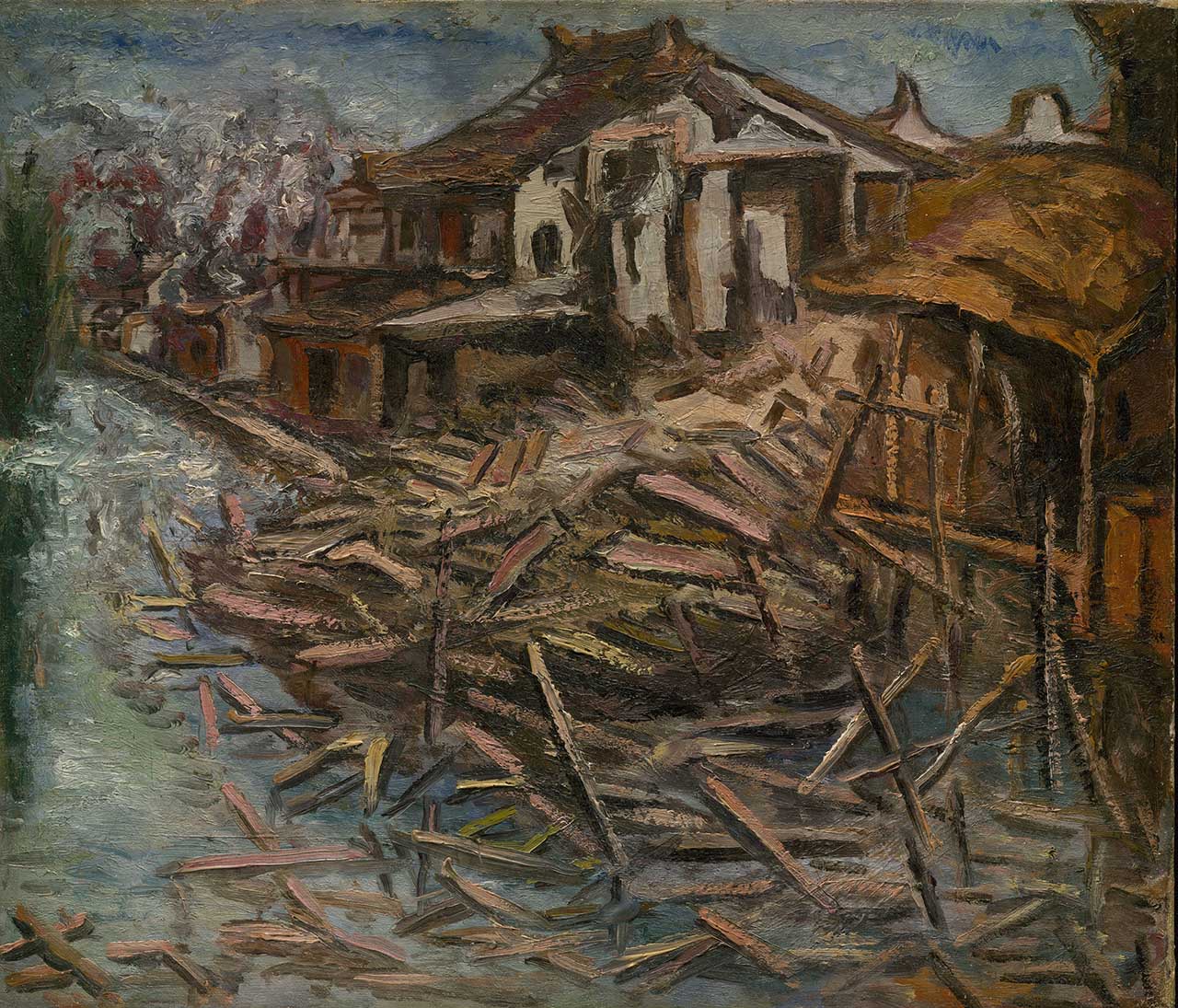
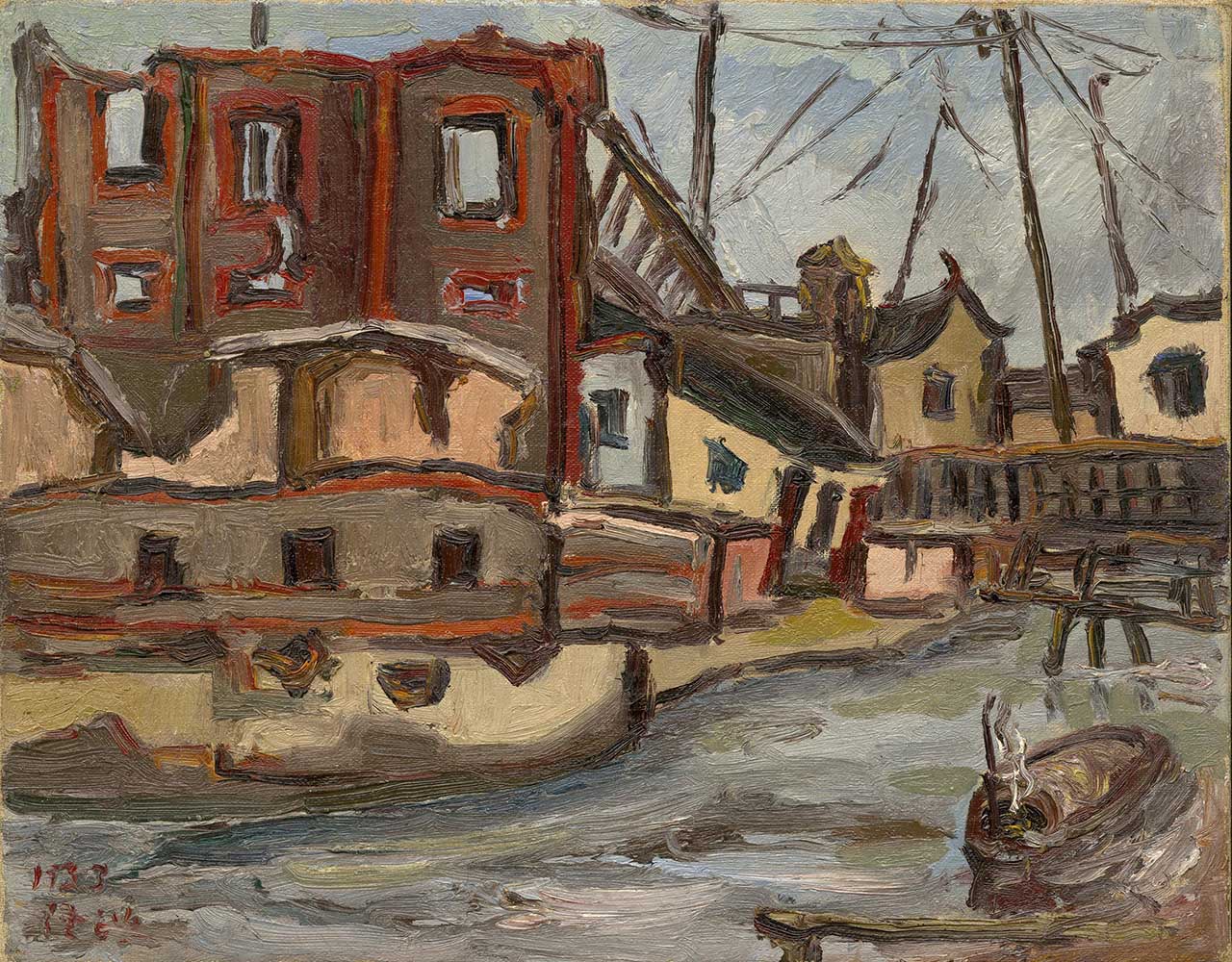
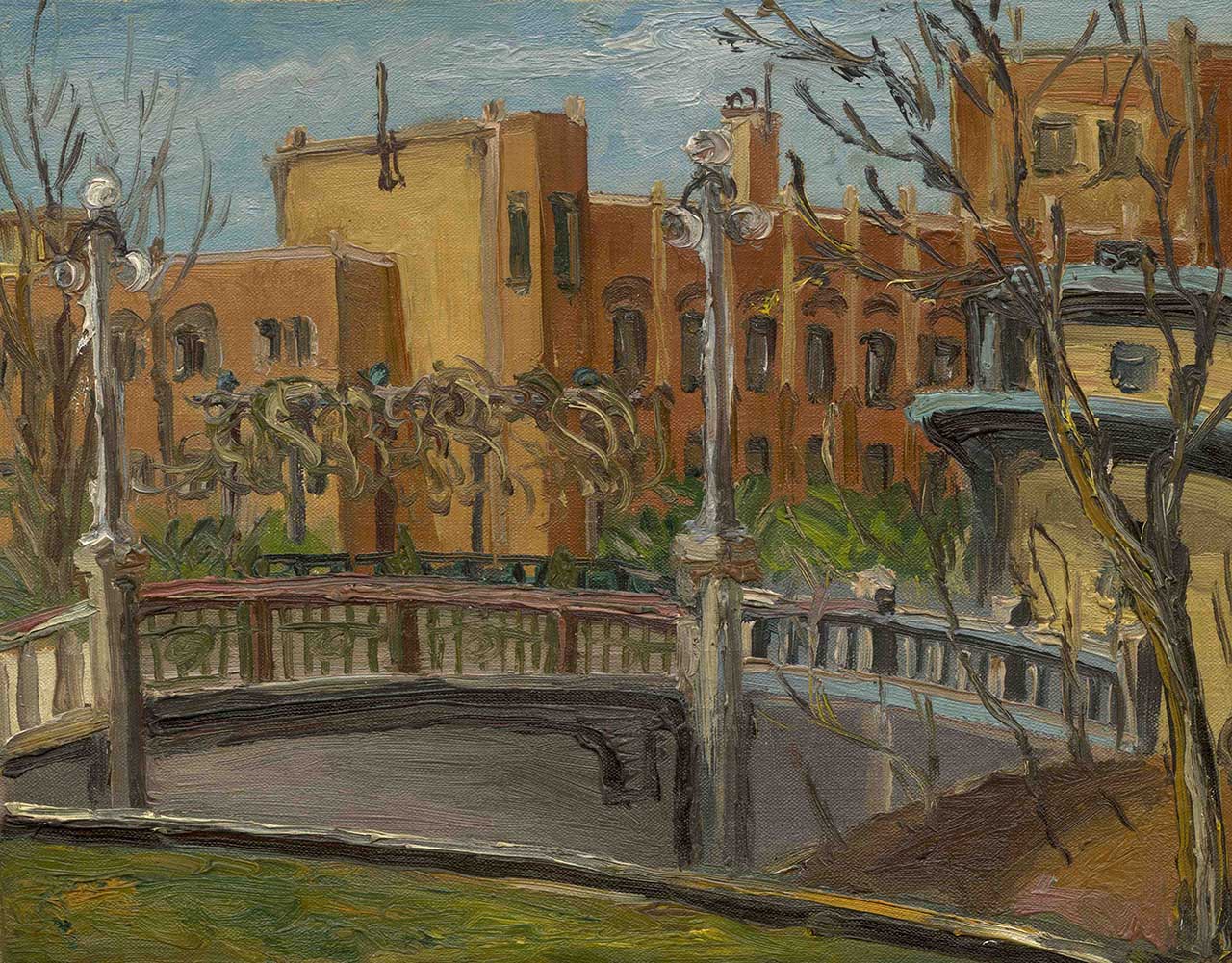
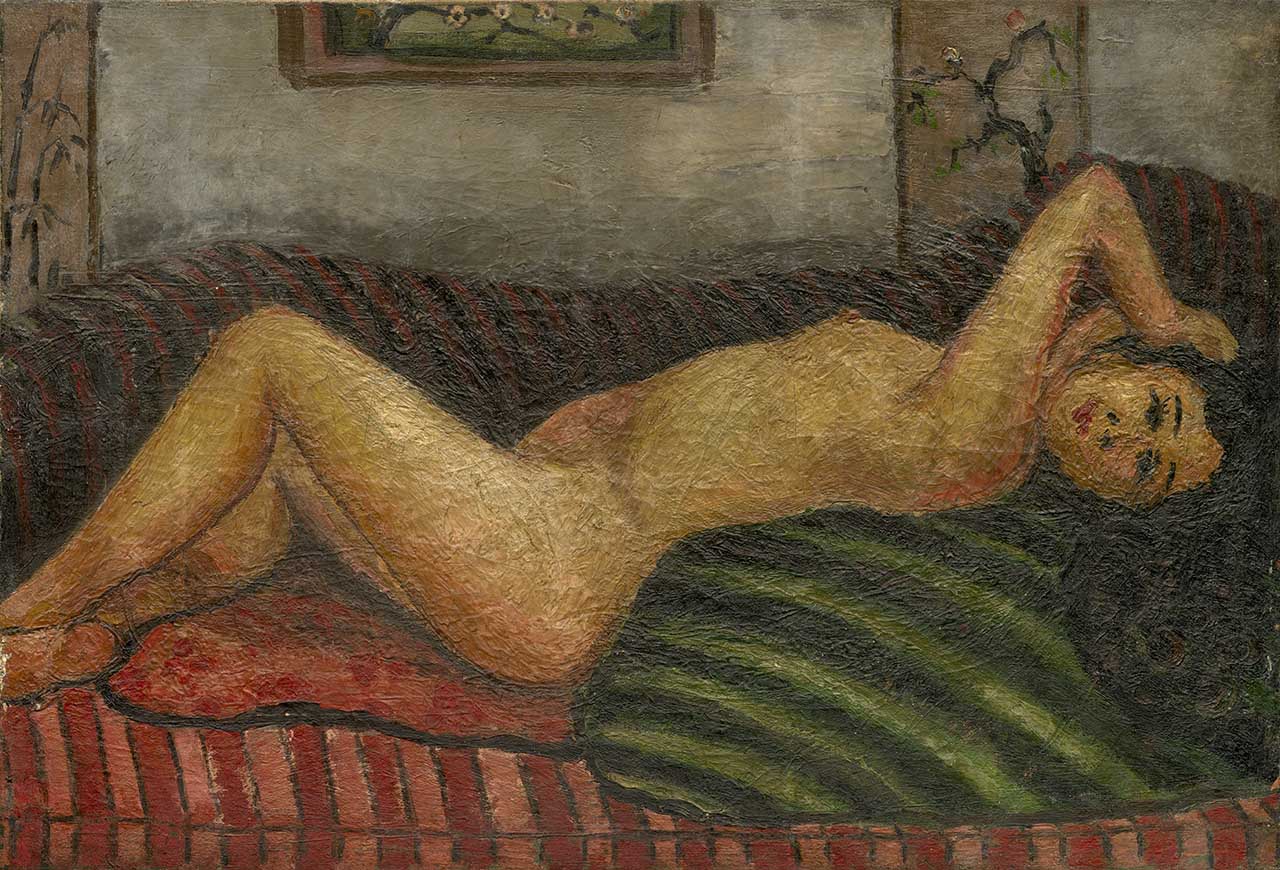
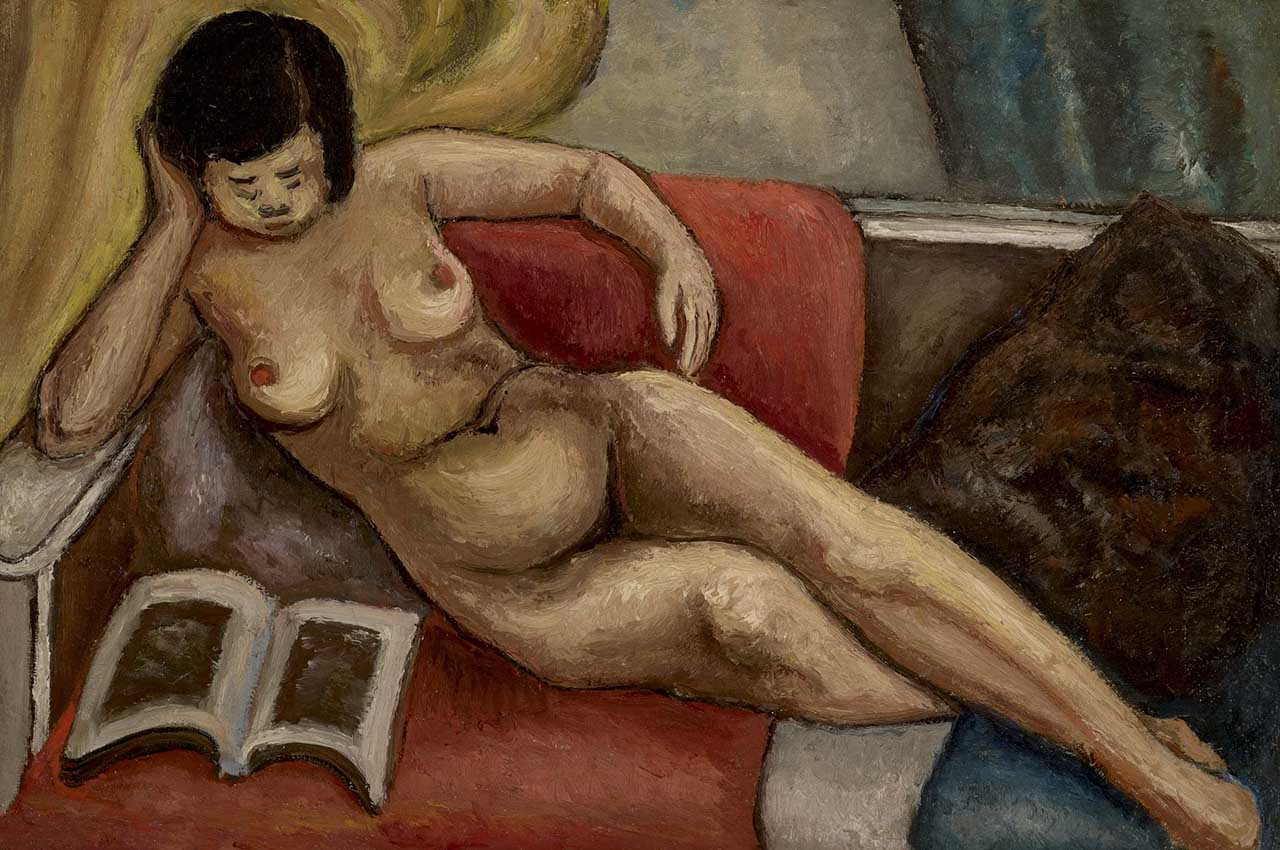
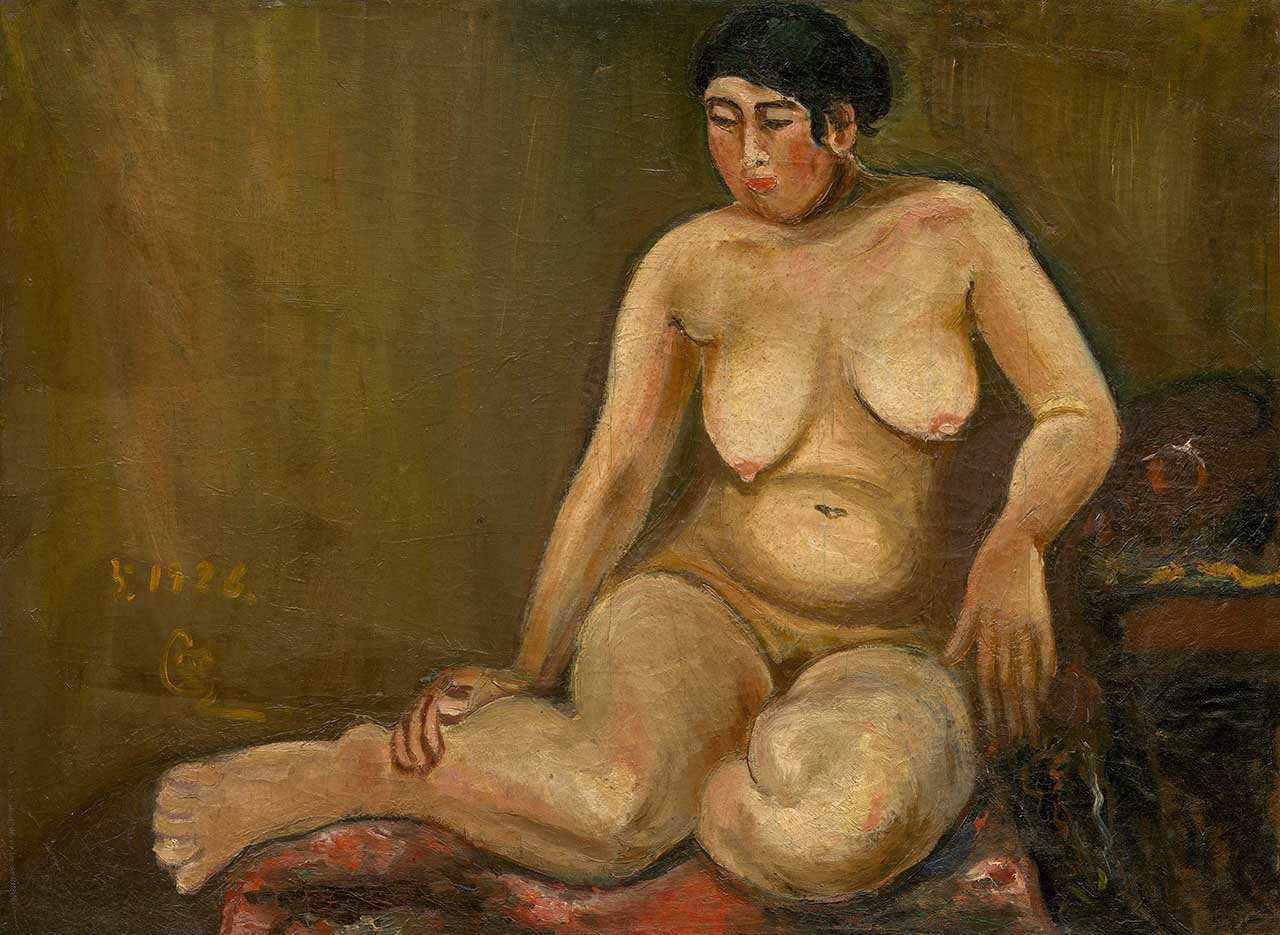
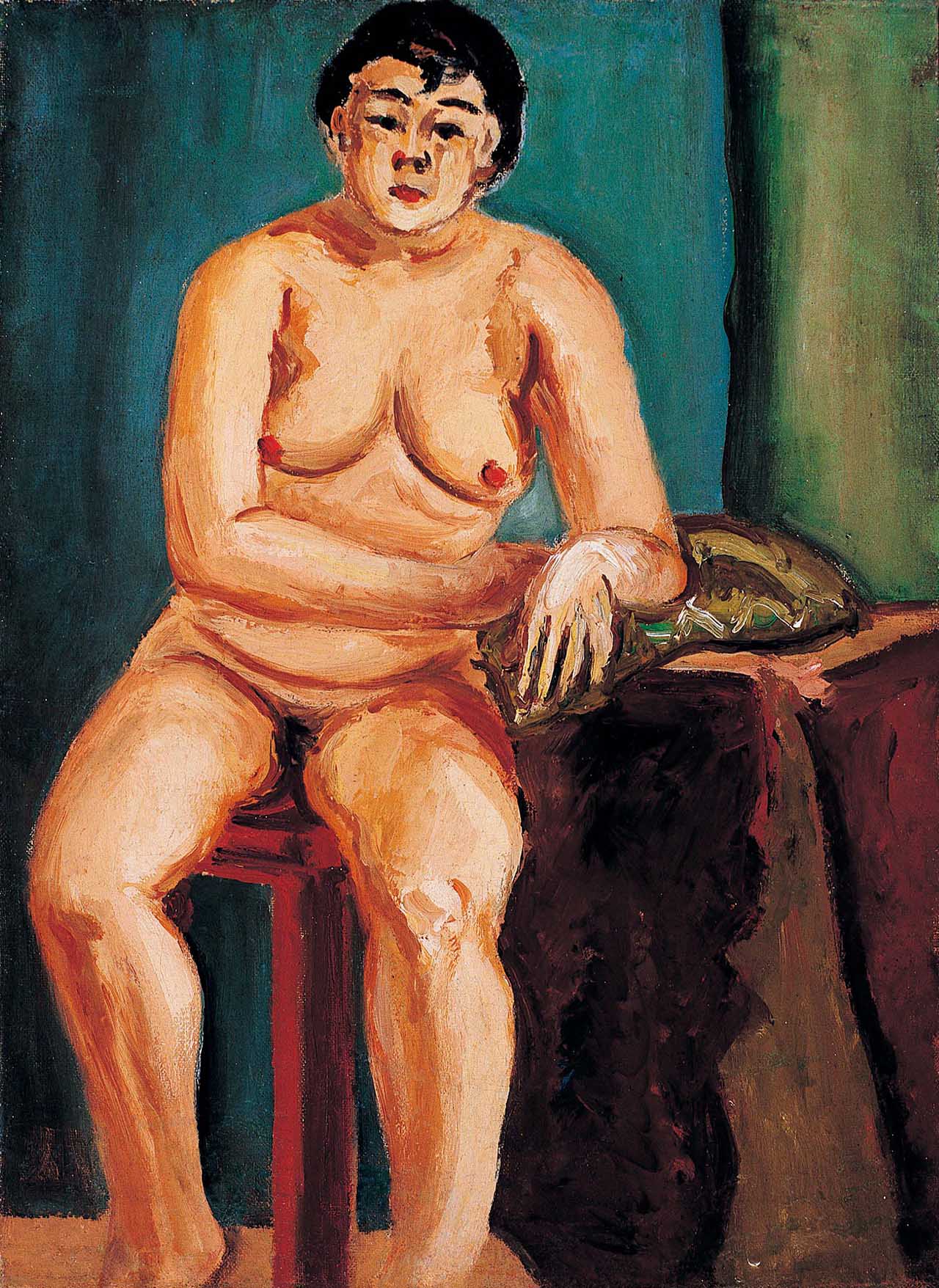
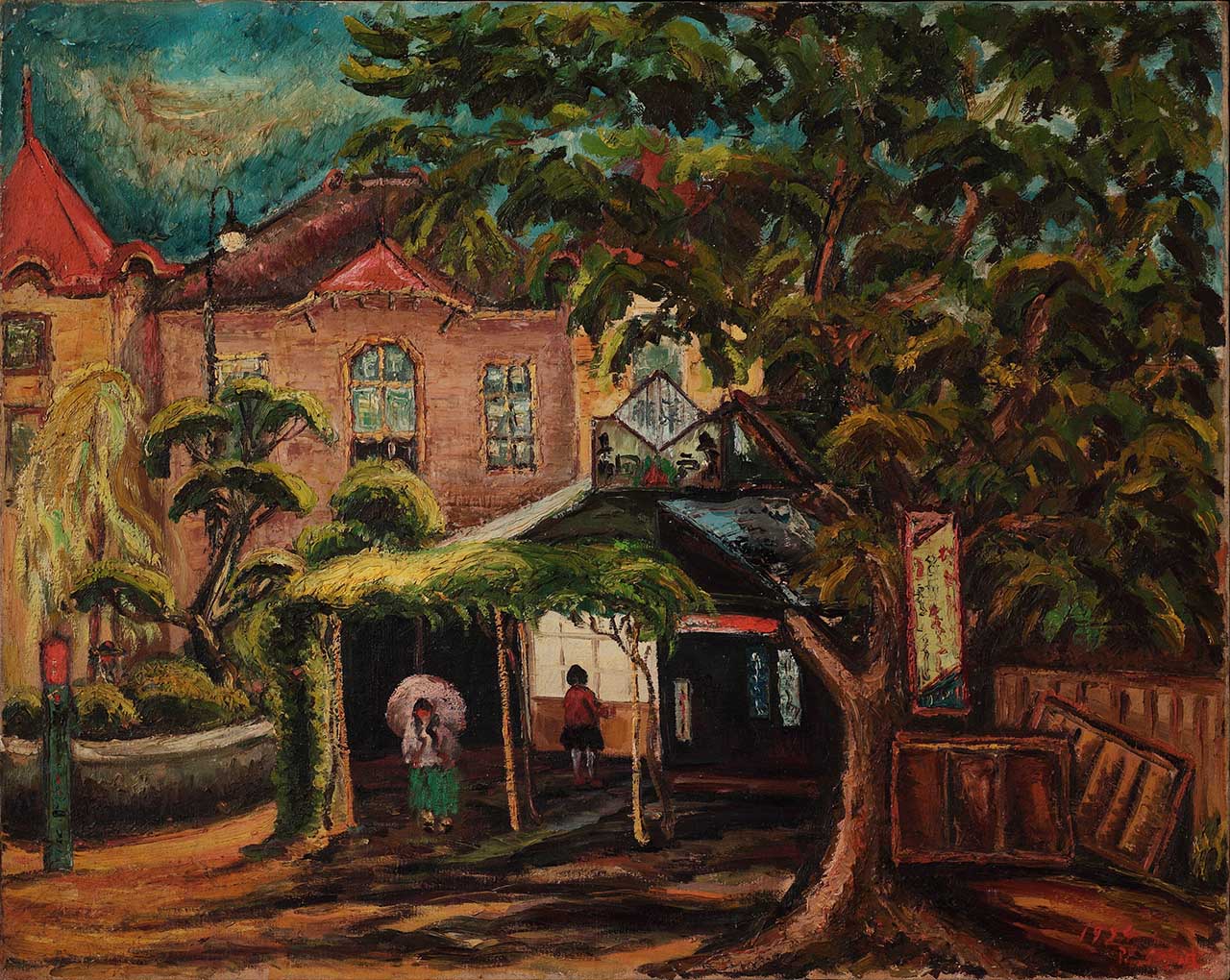
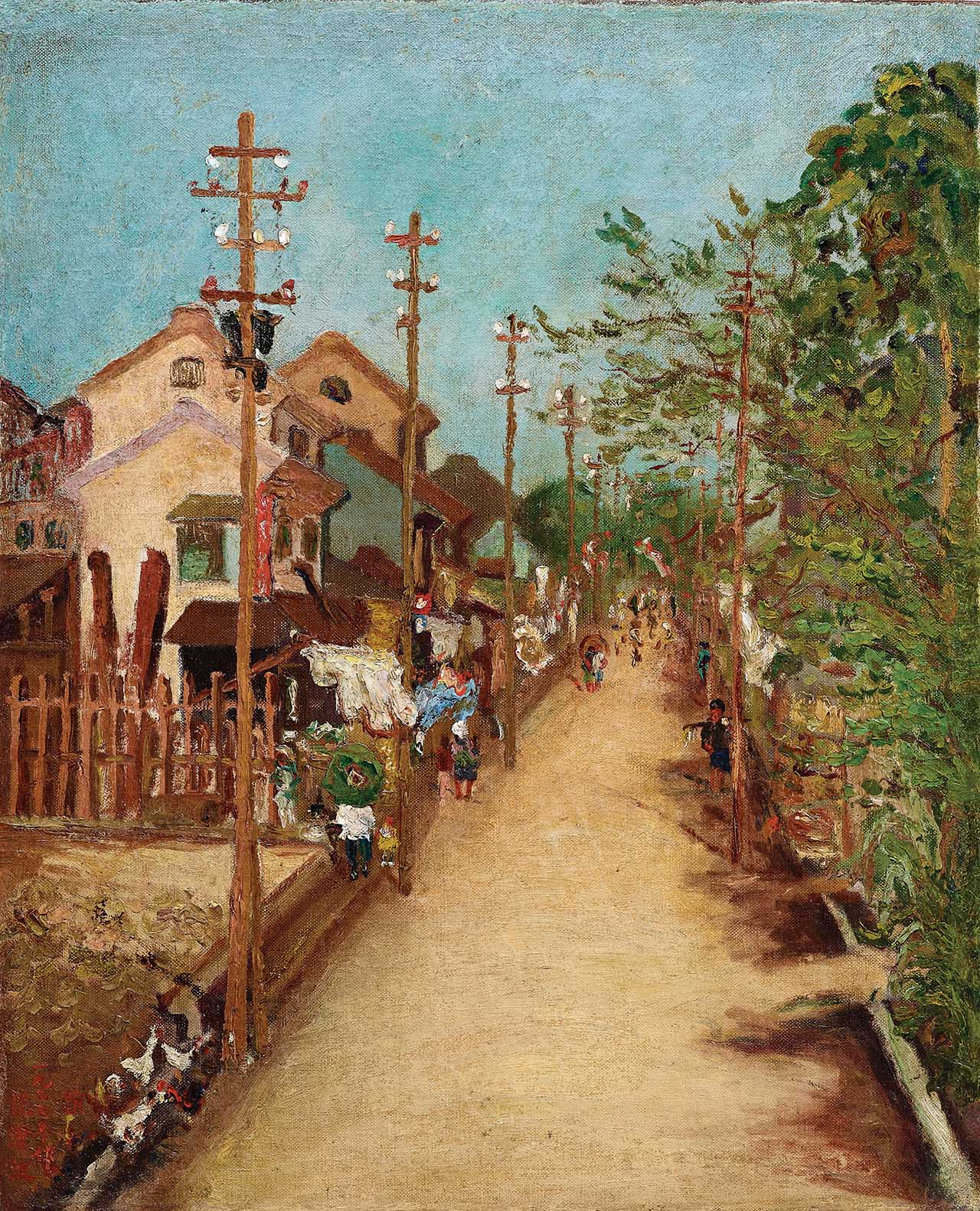
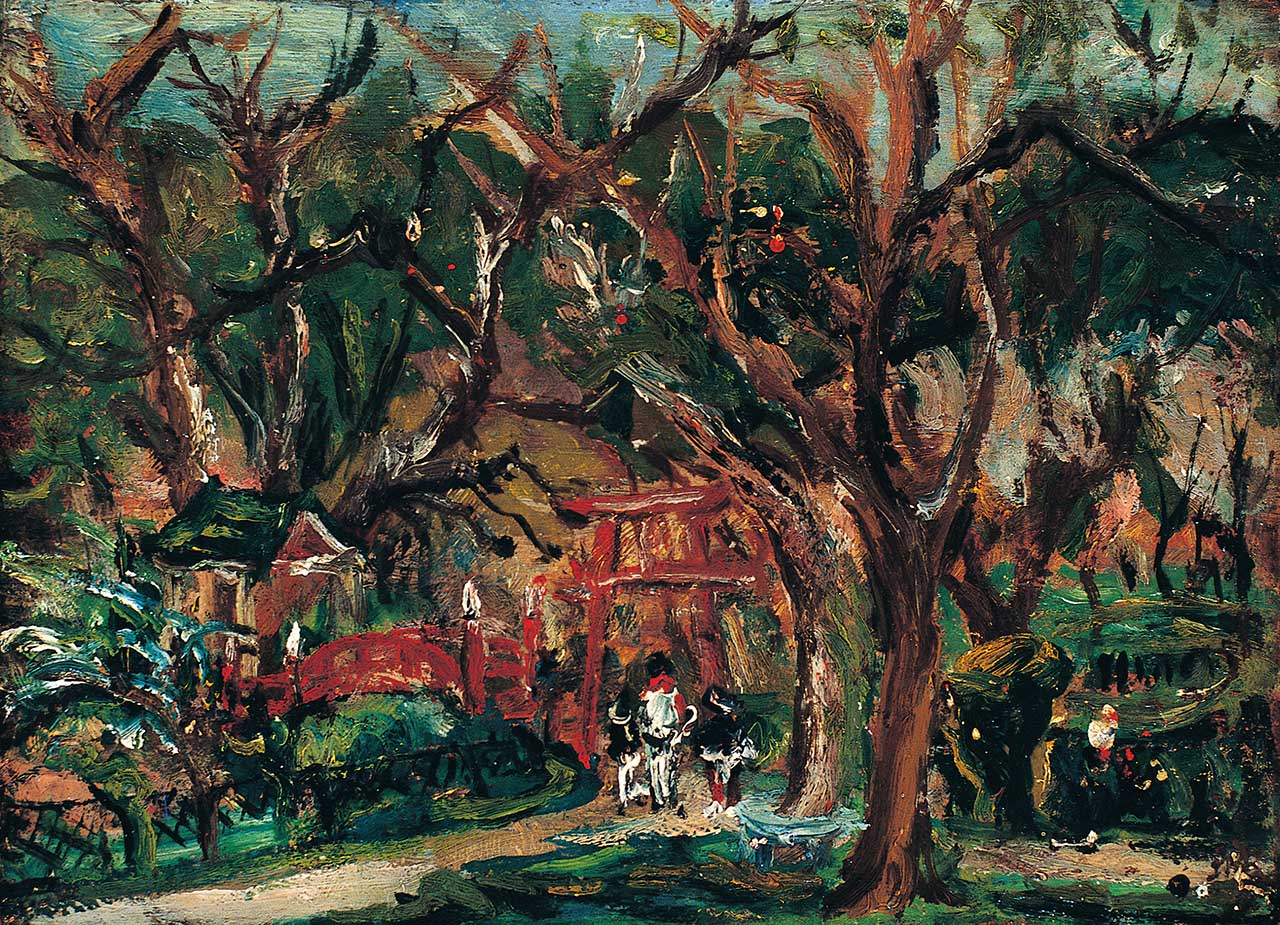
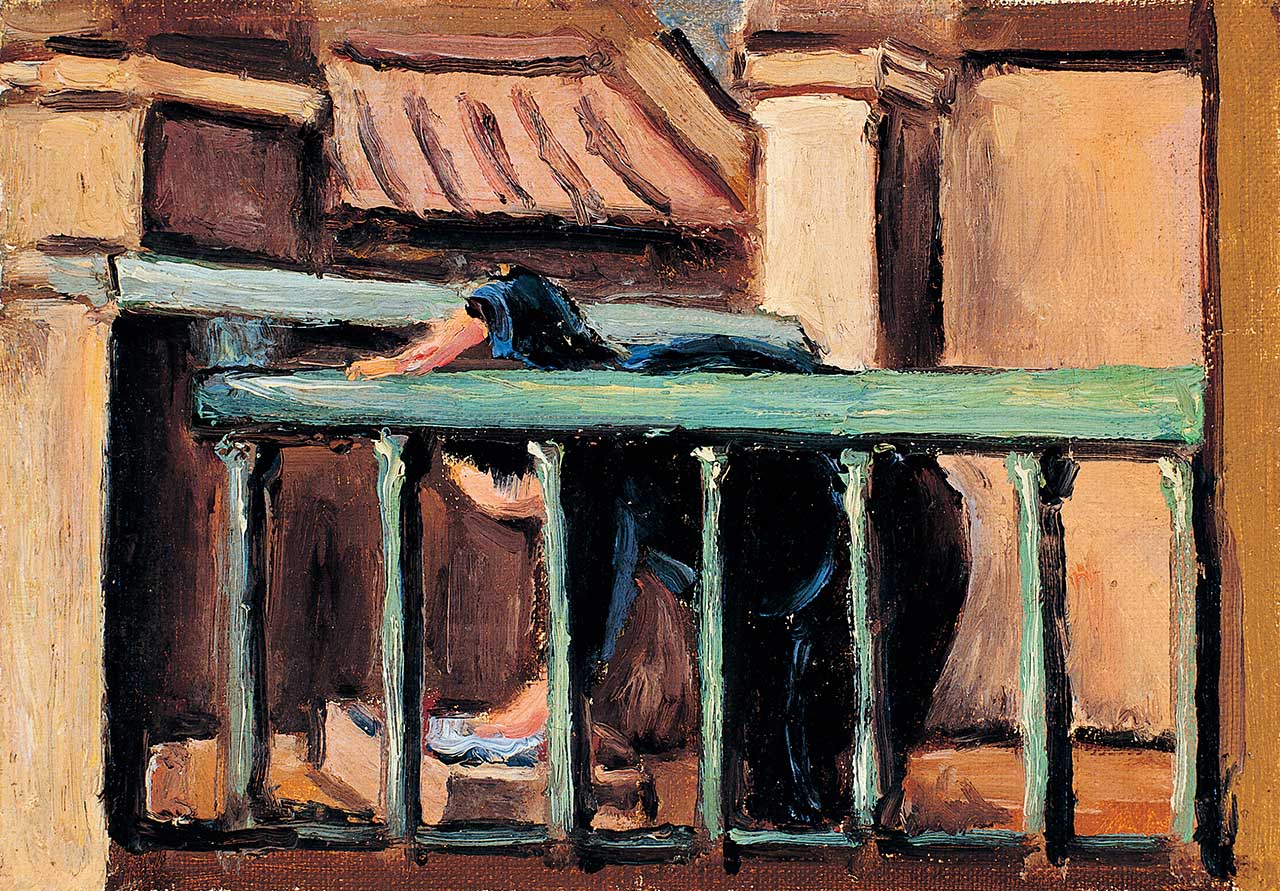
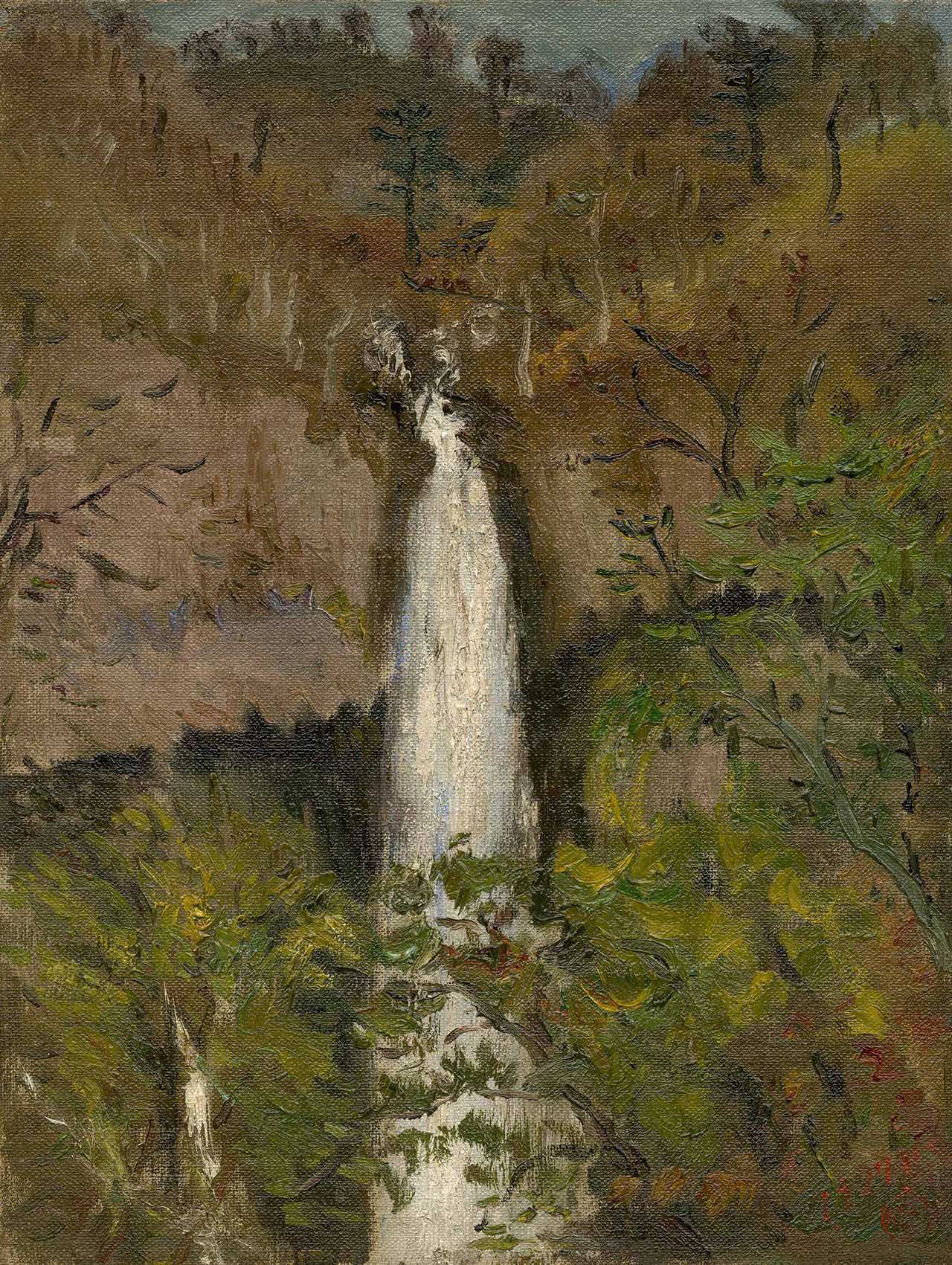
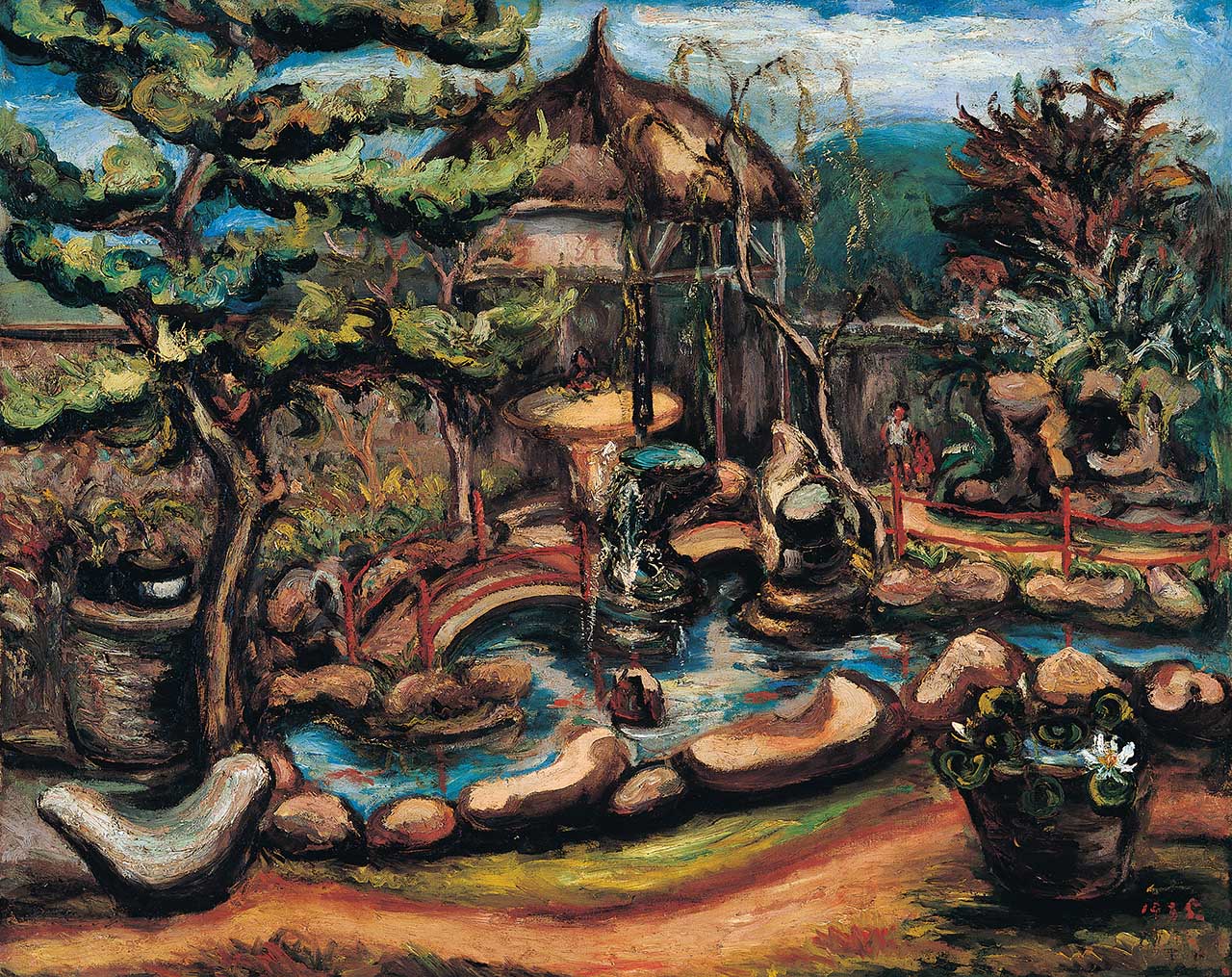
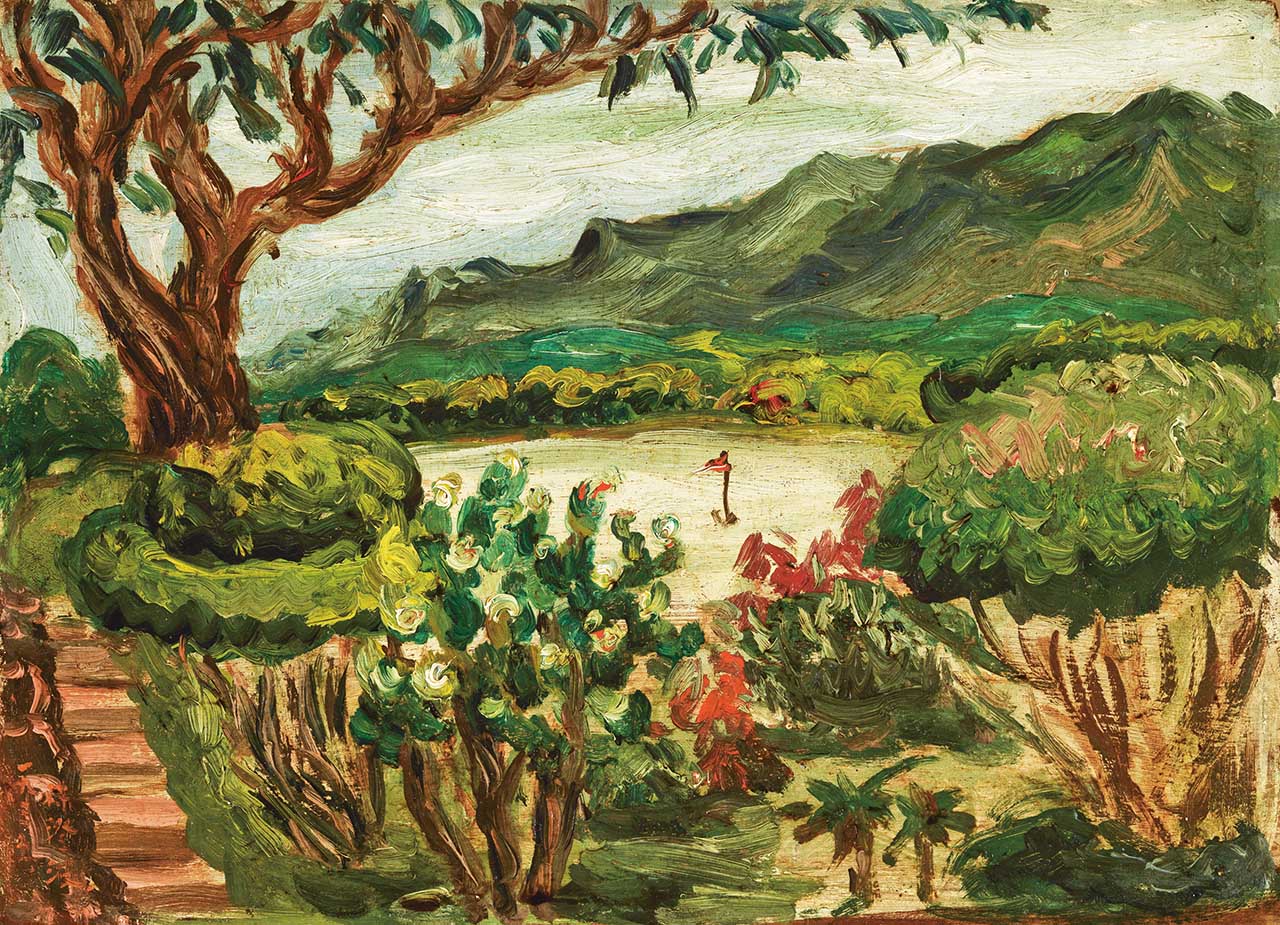
_1935_油彩畫布_30F.jpg)
